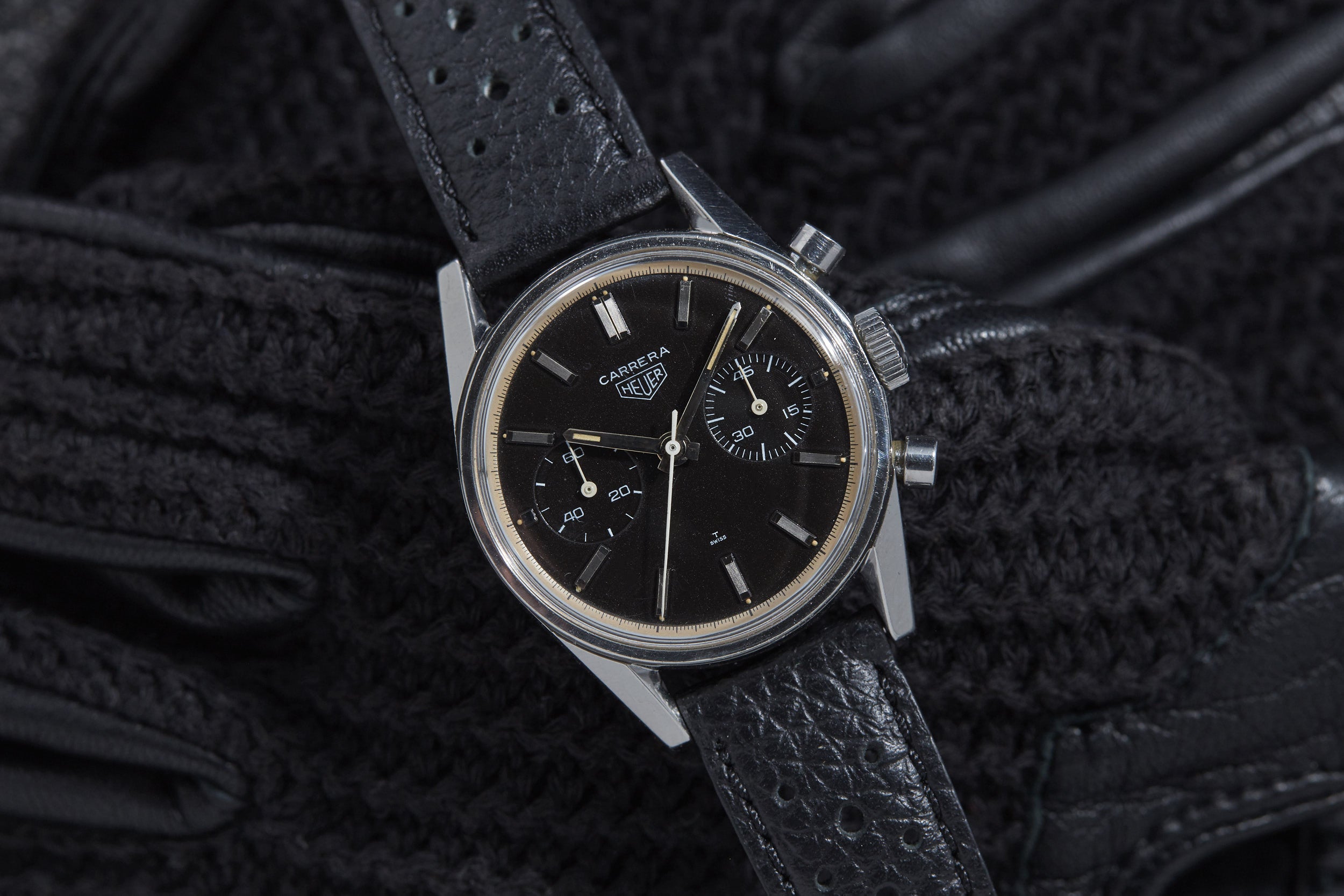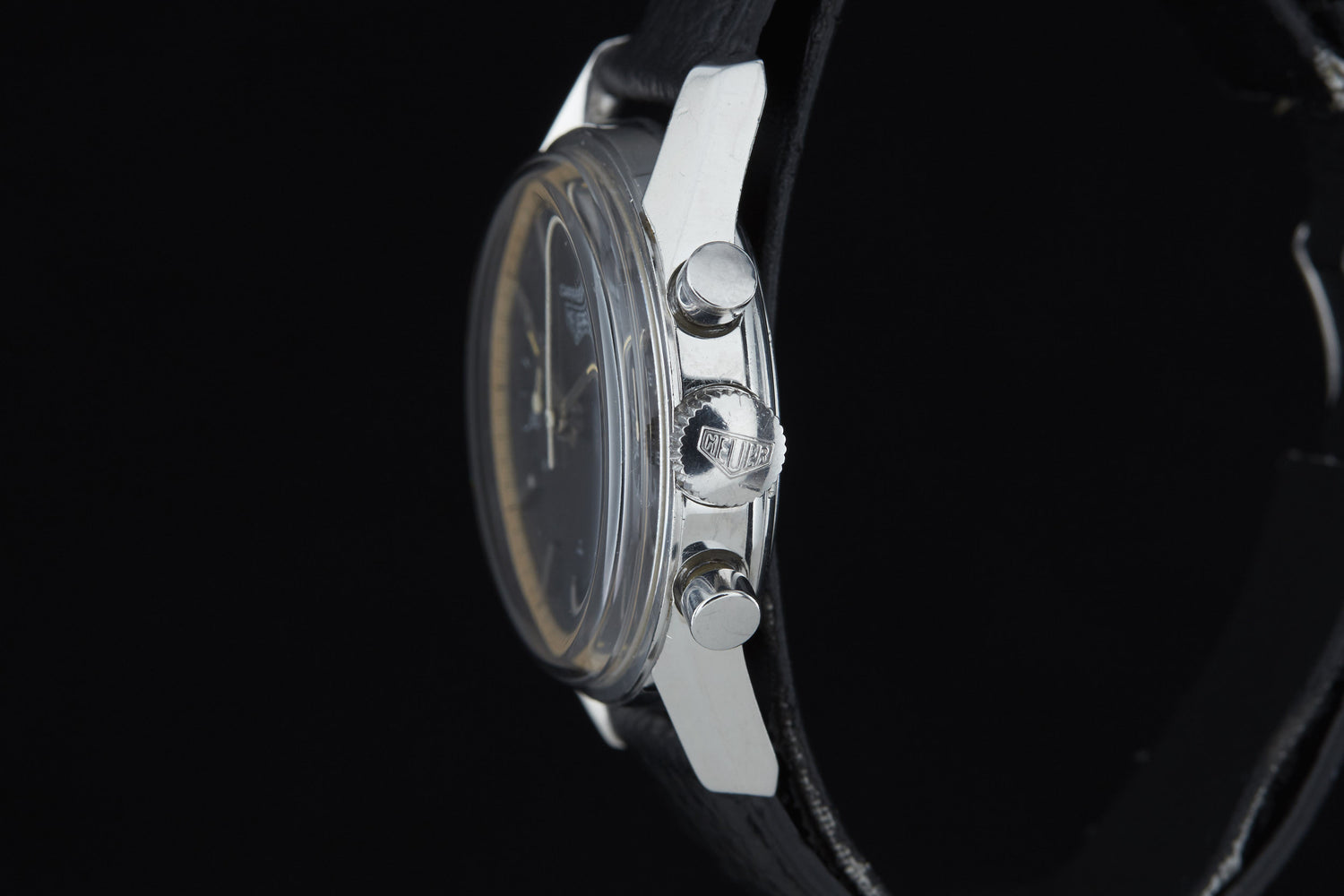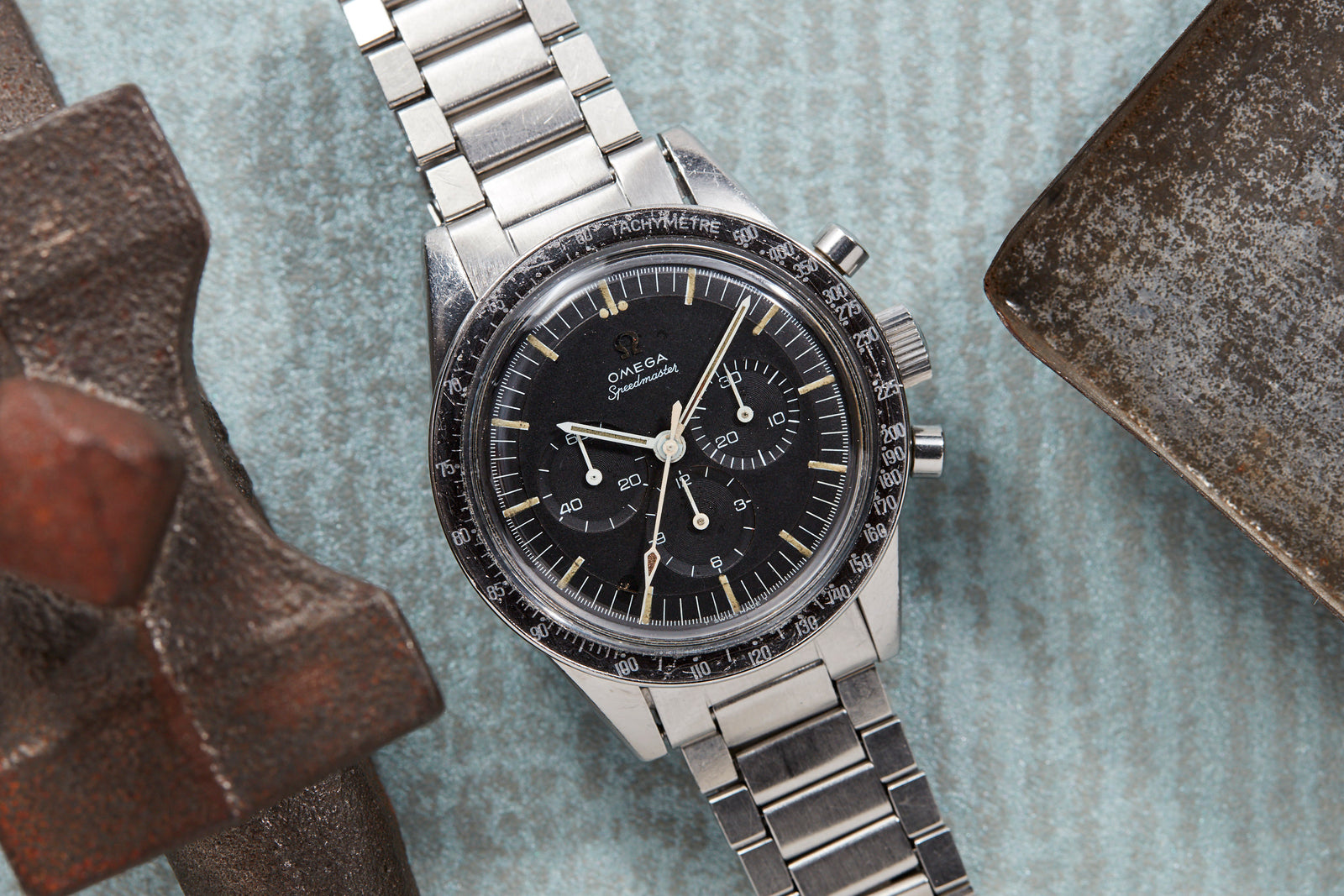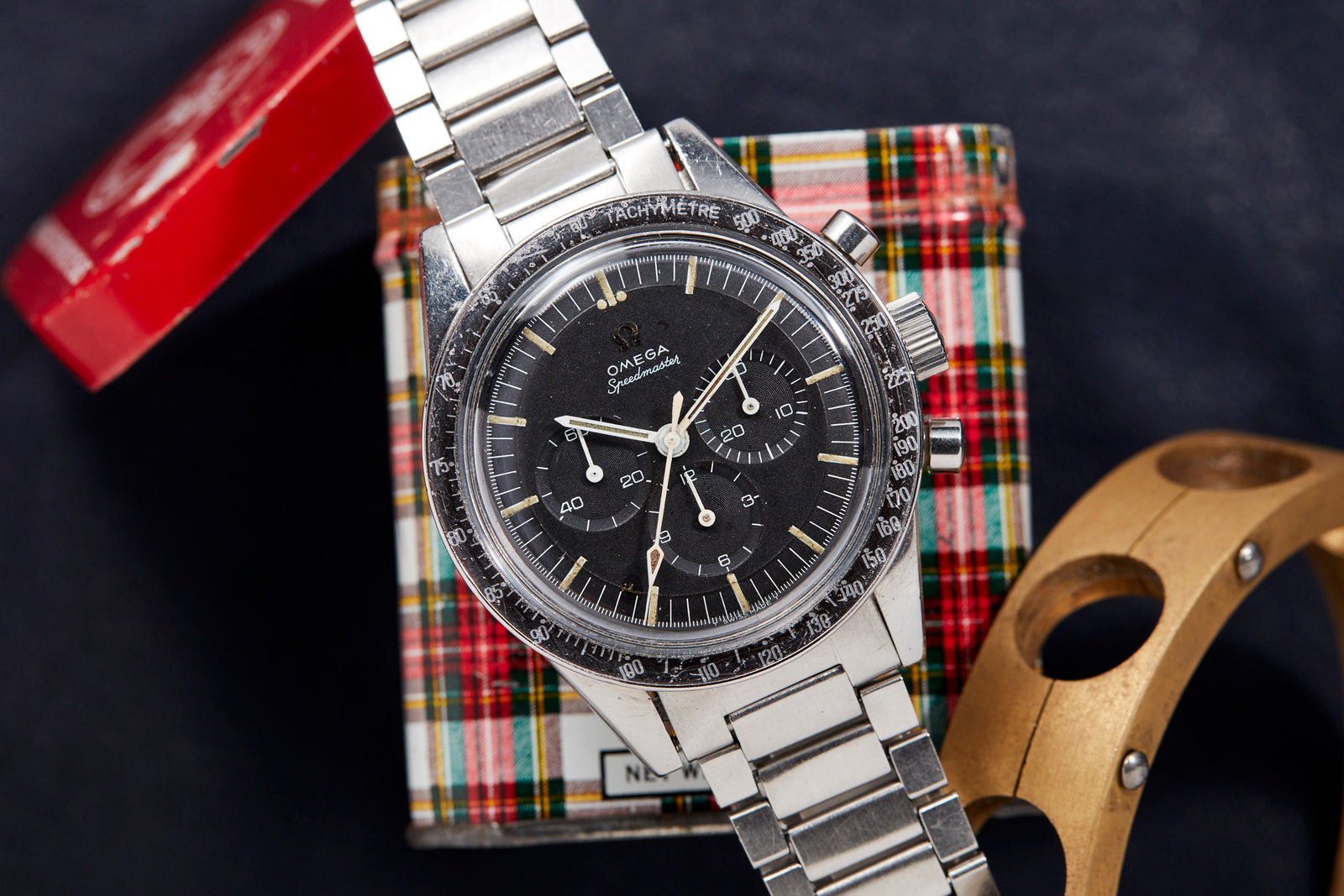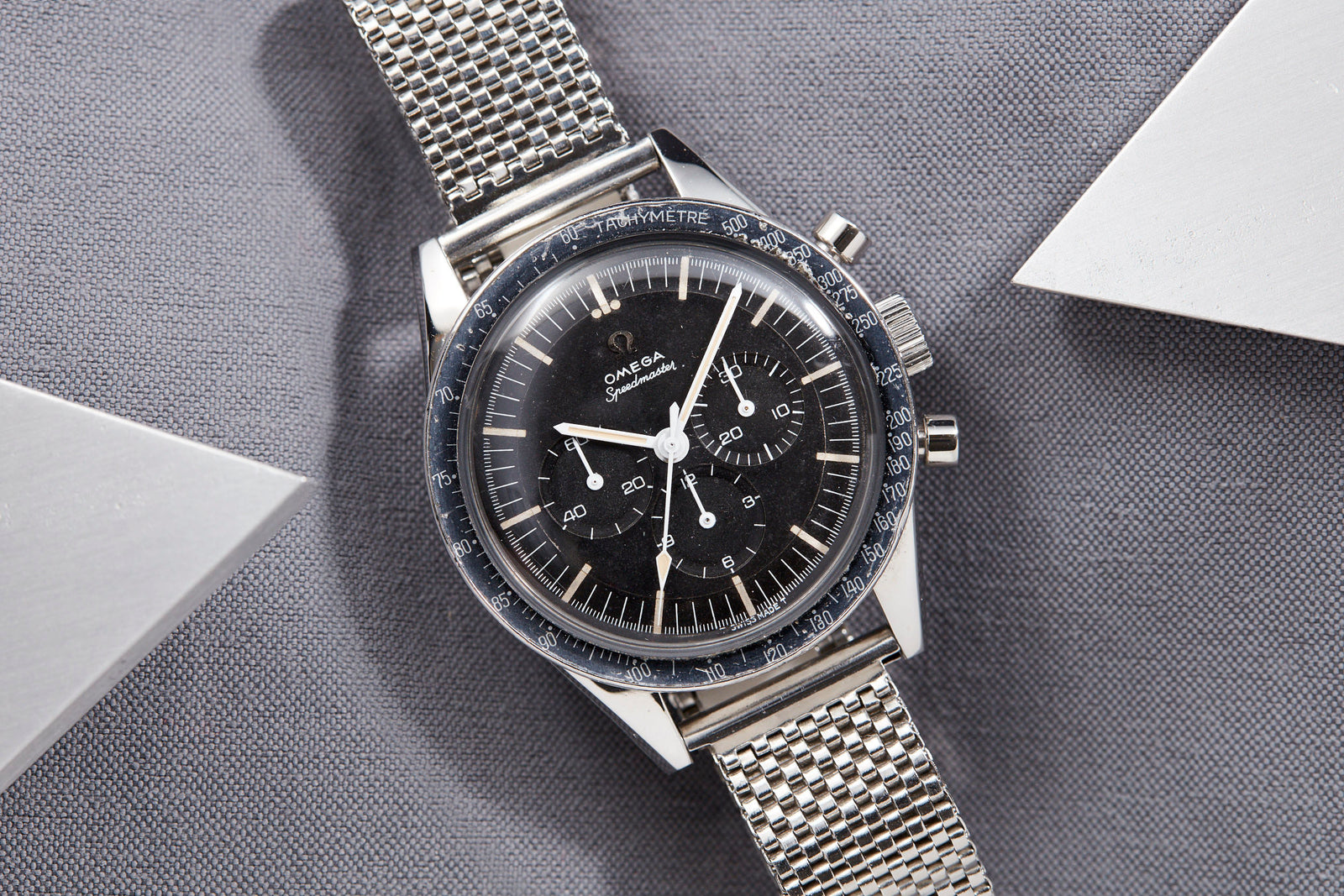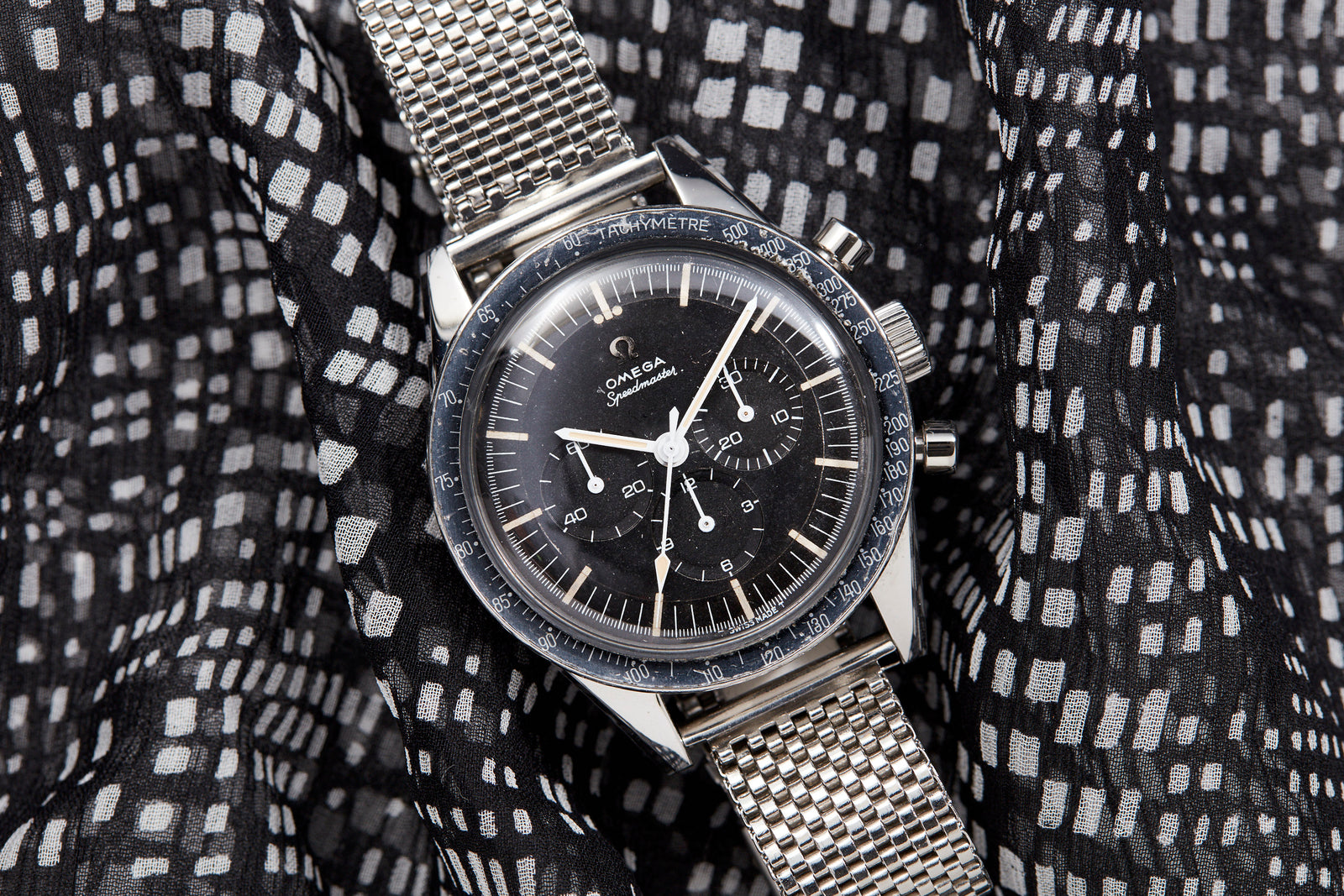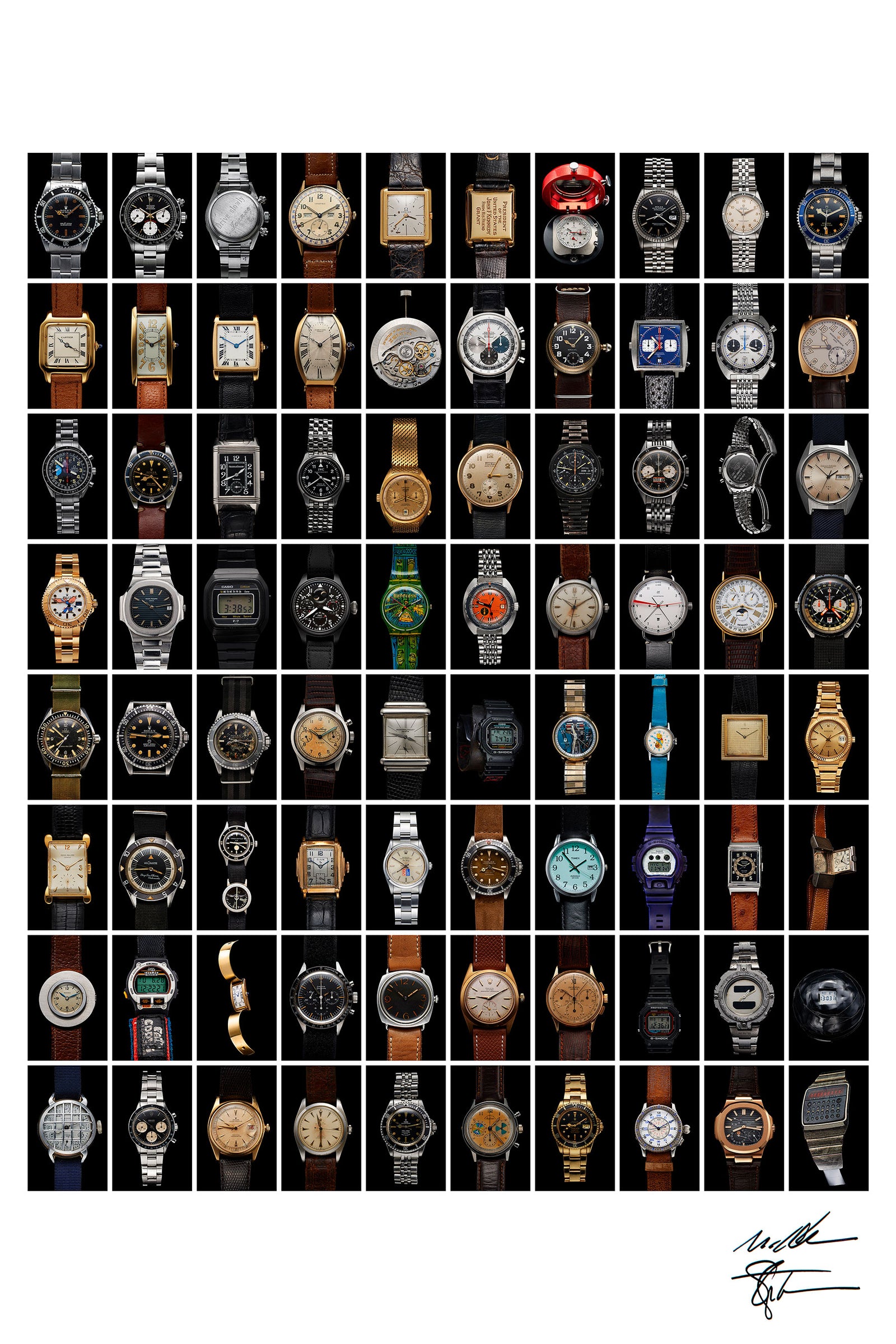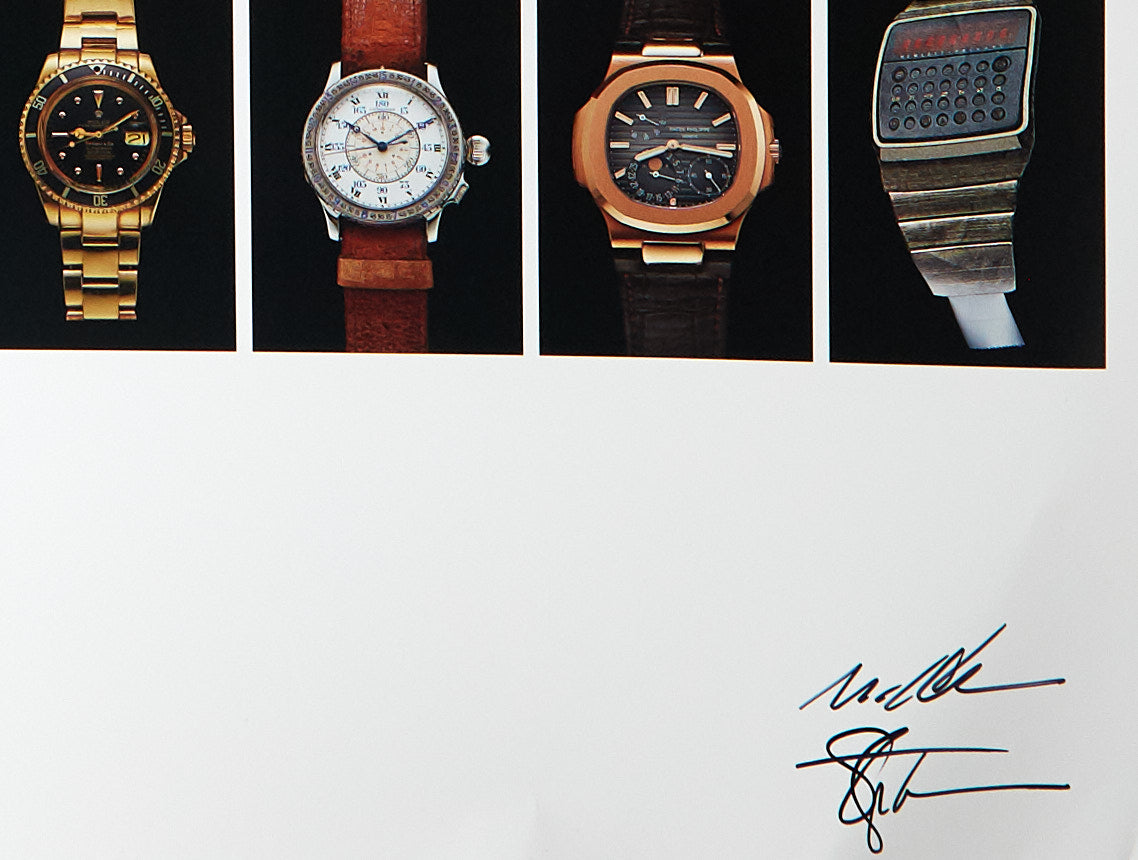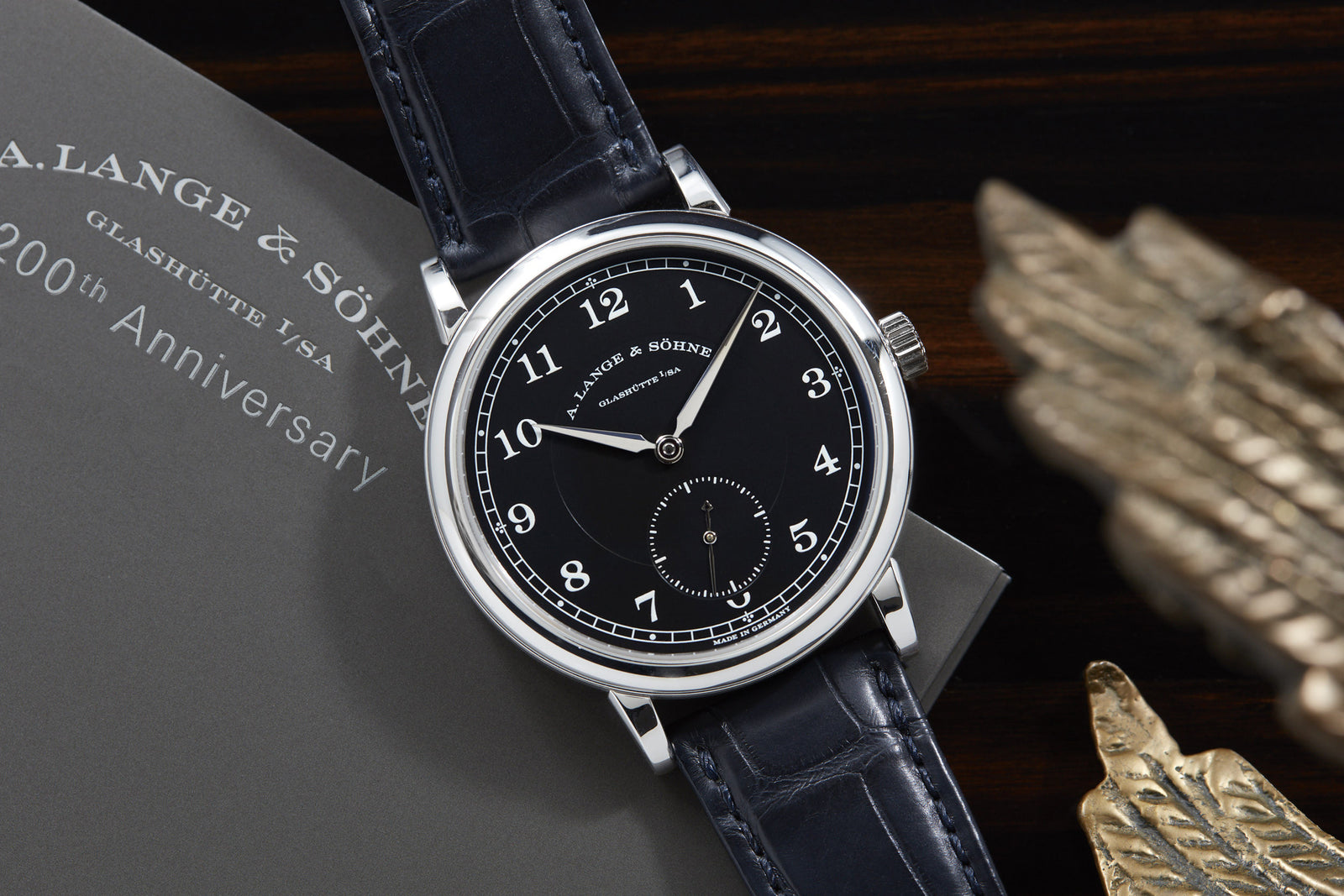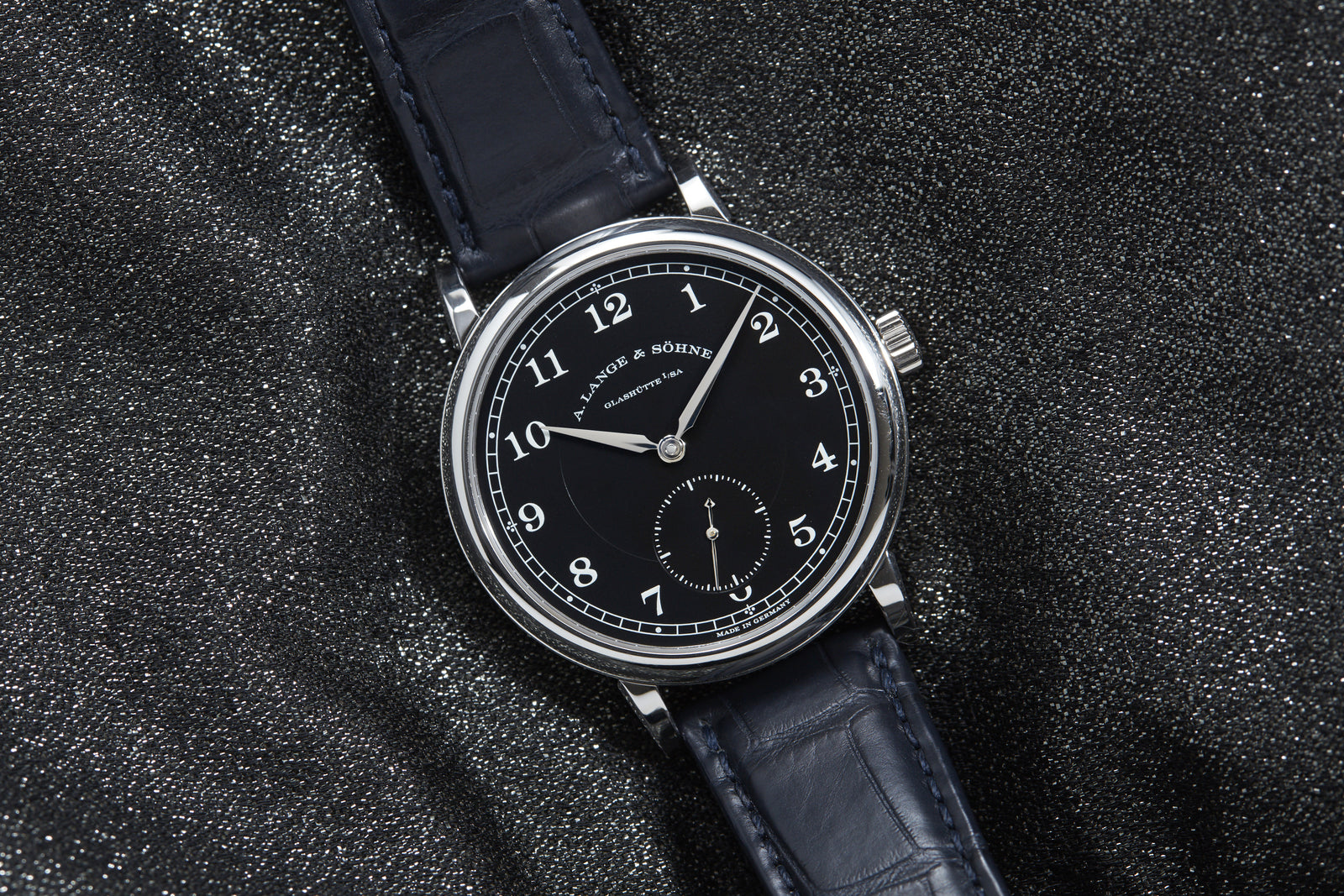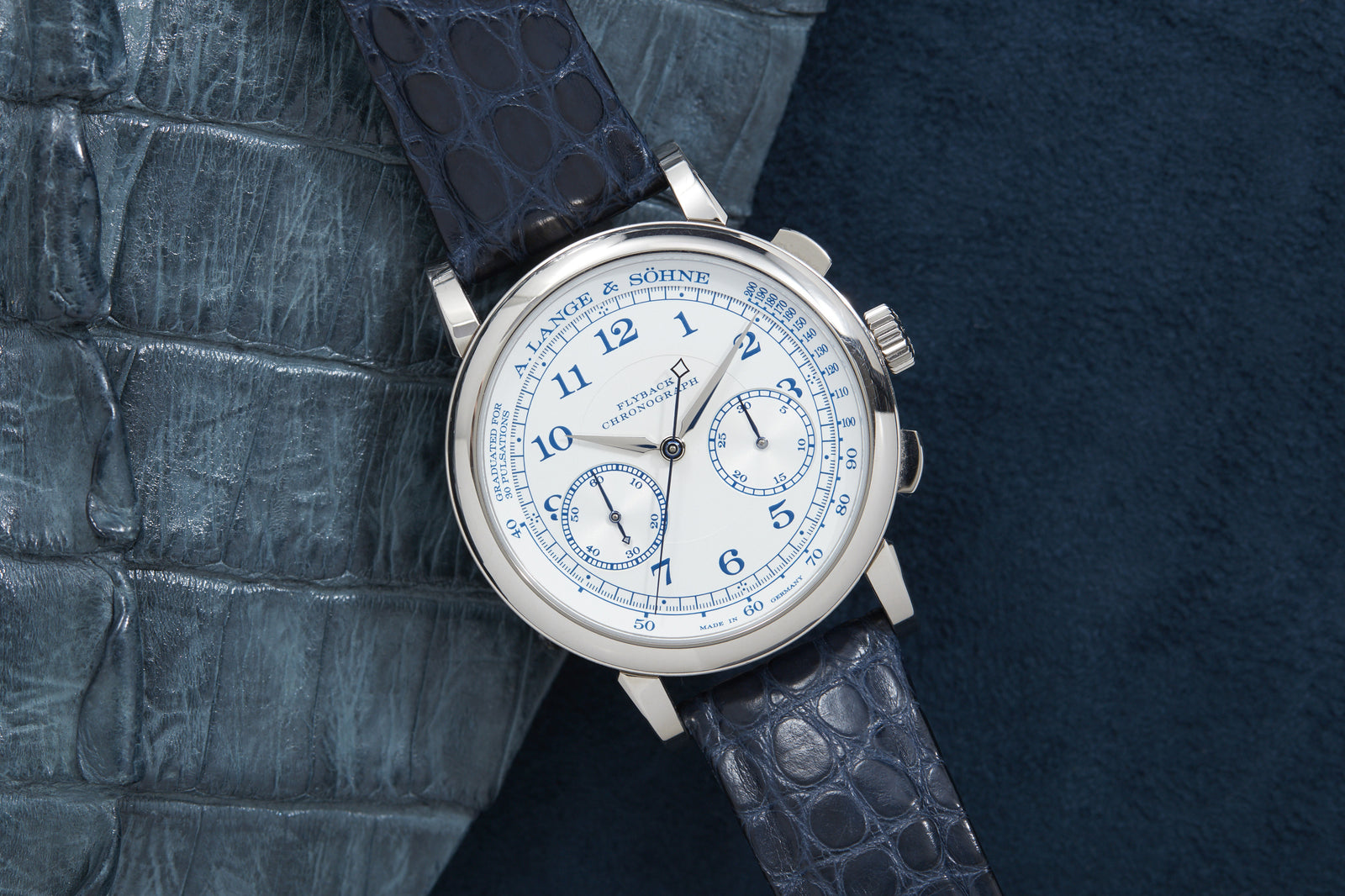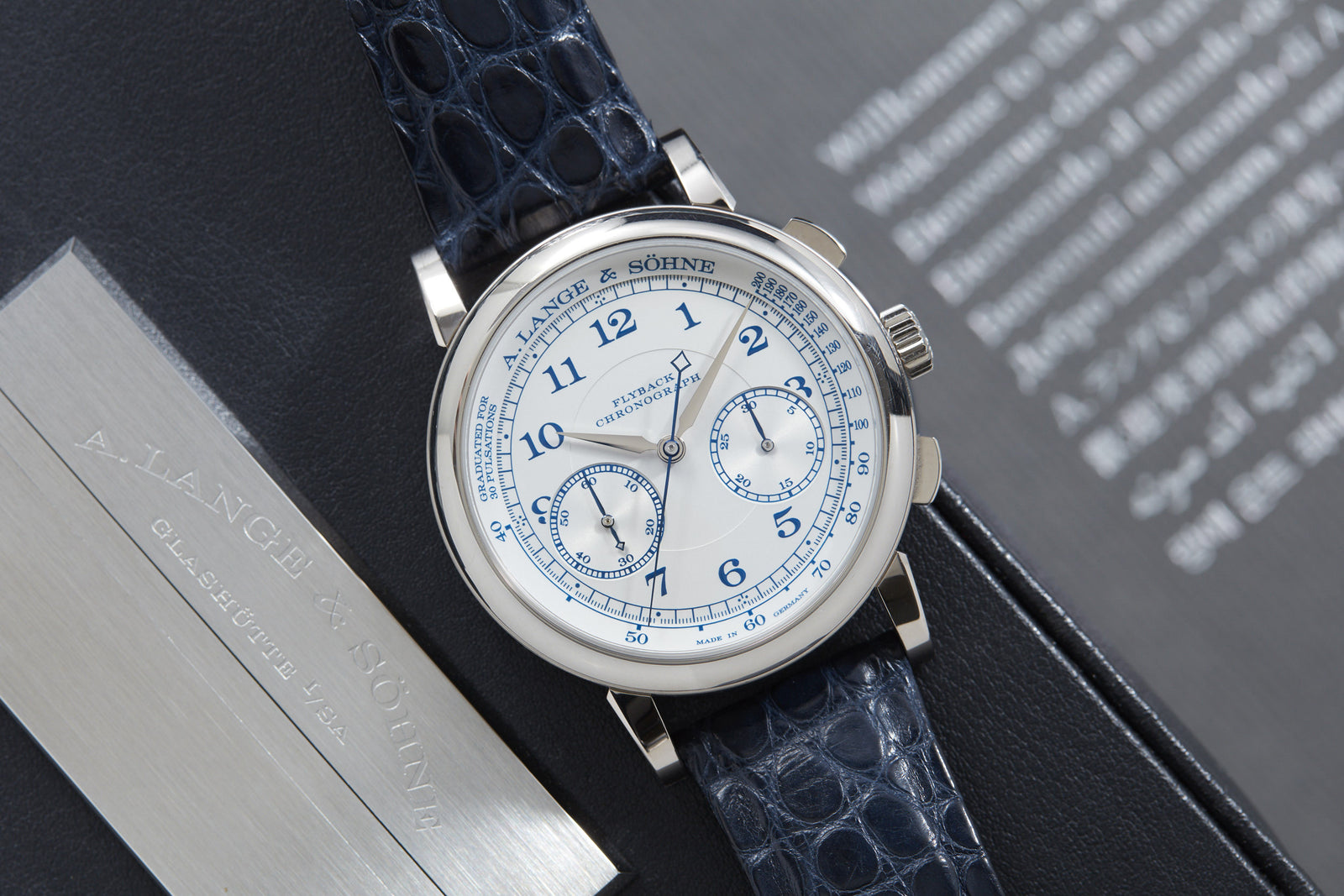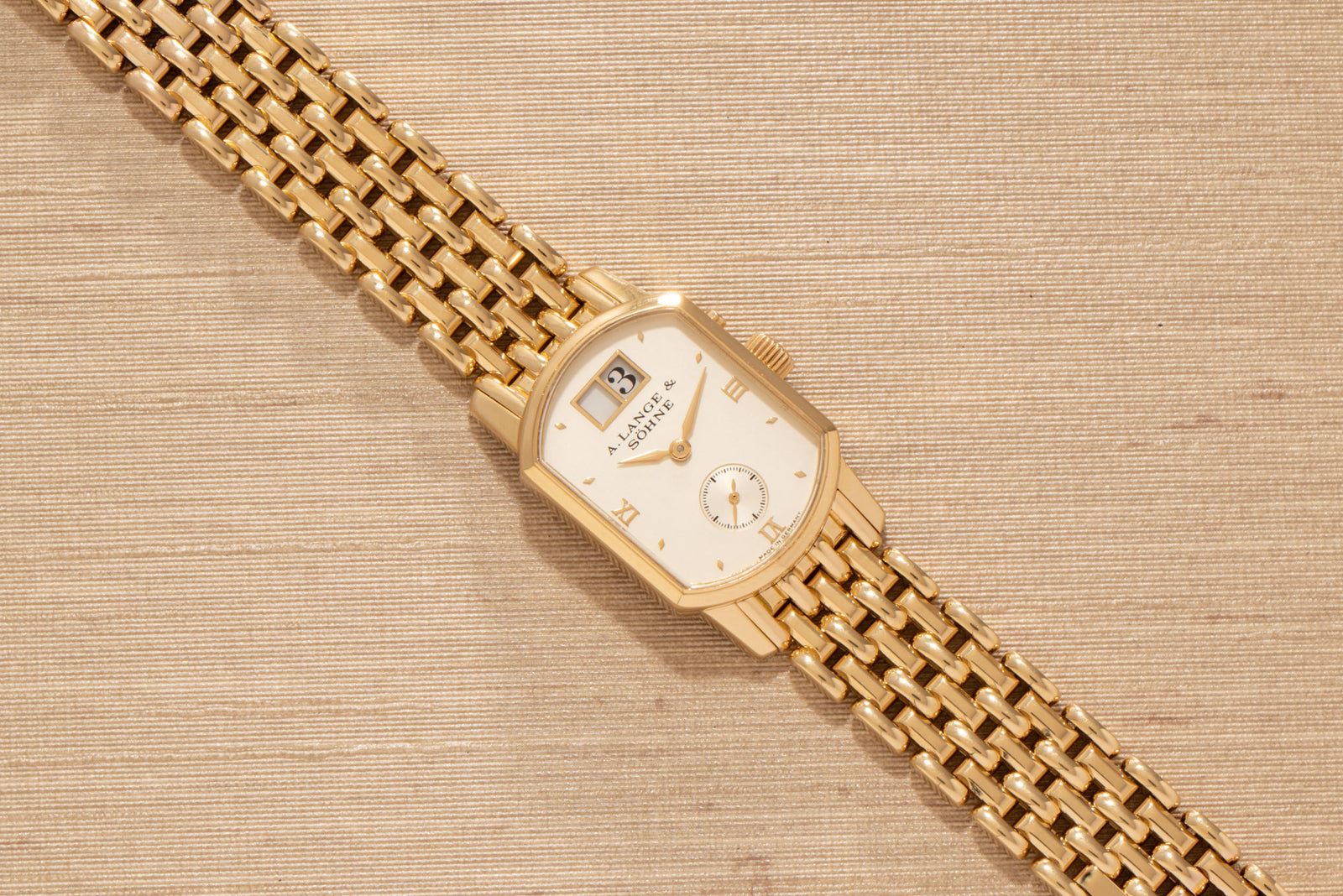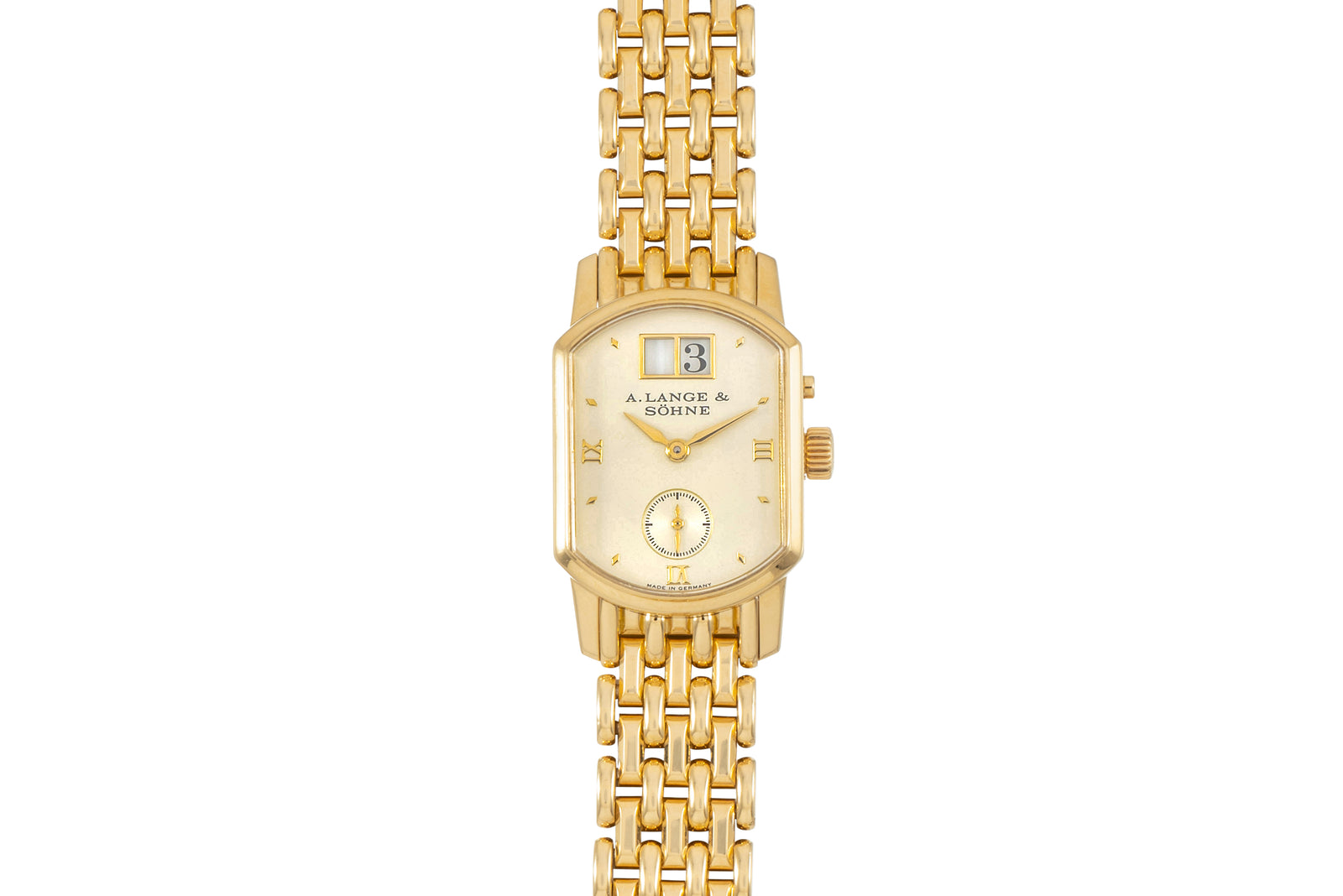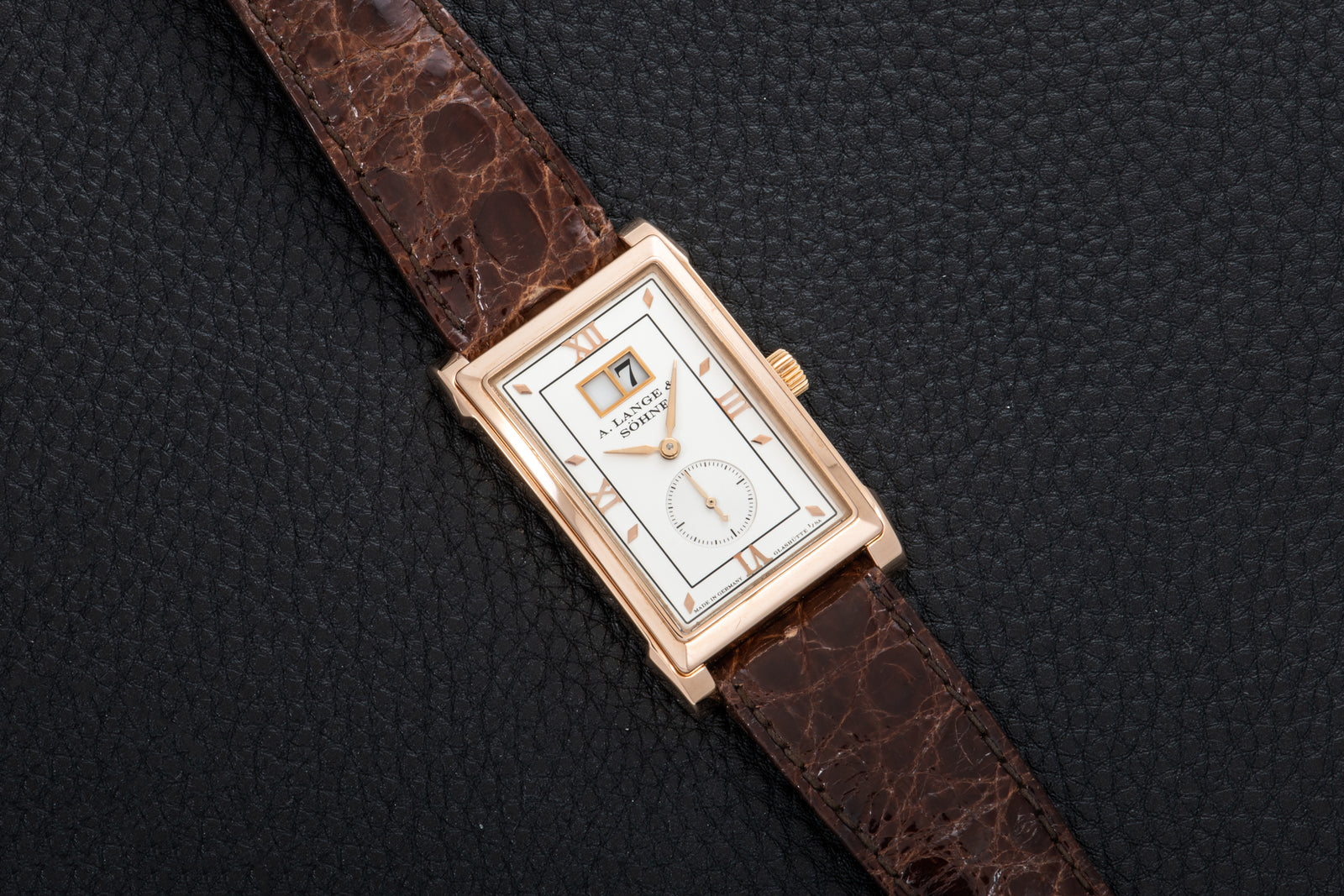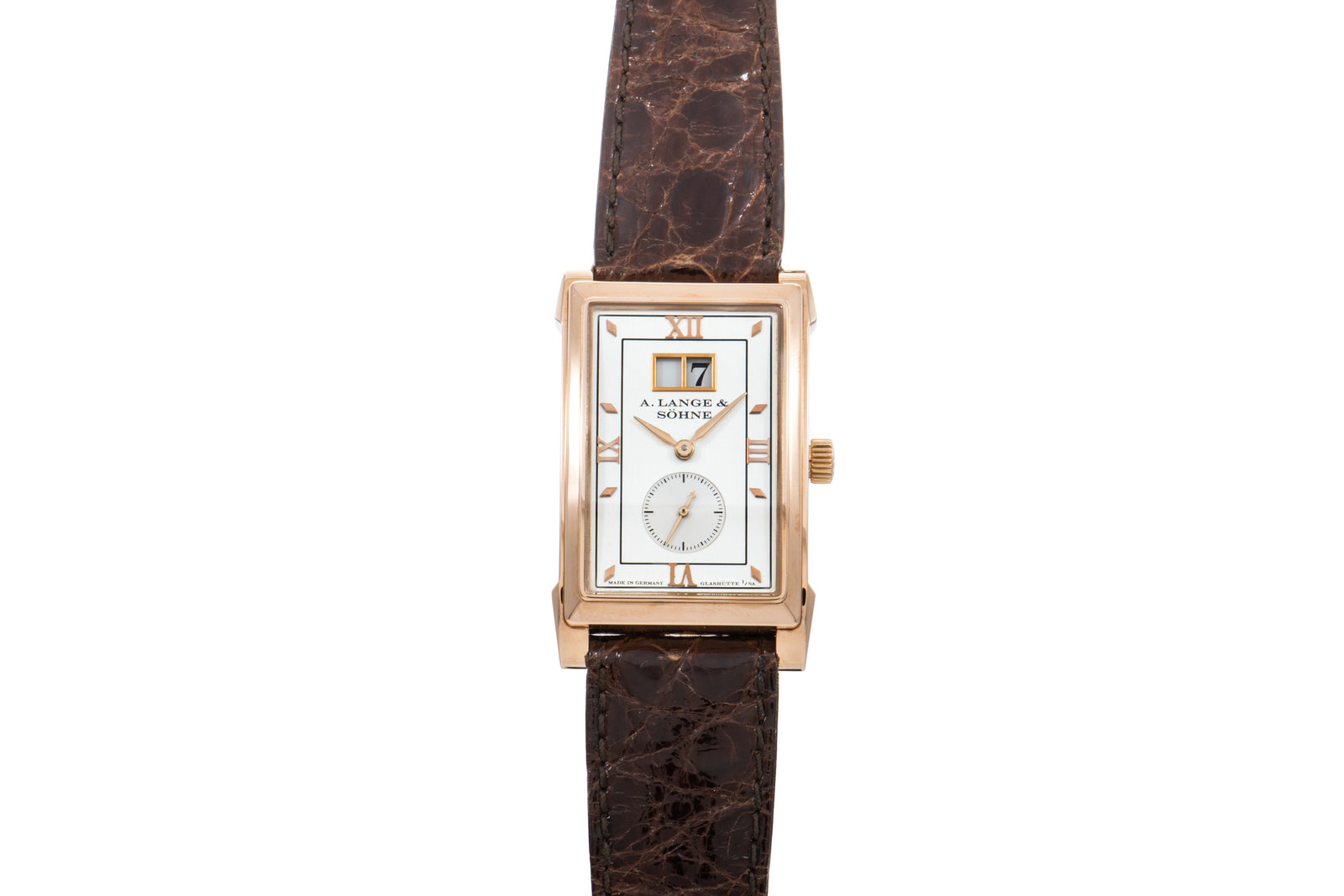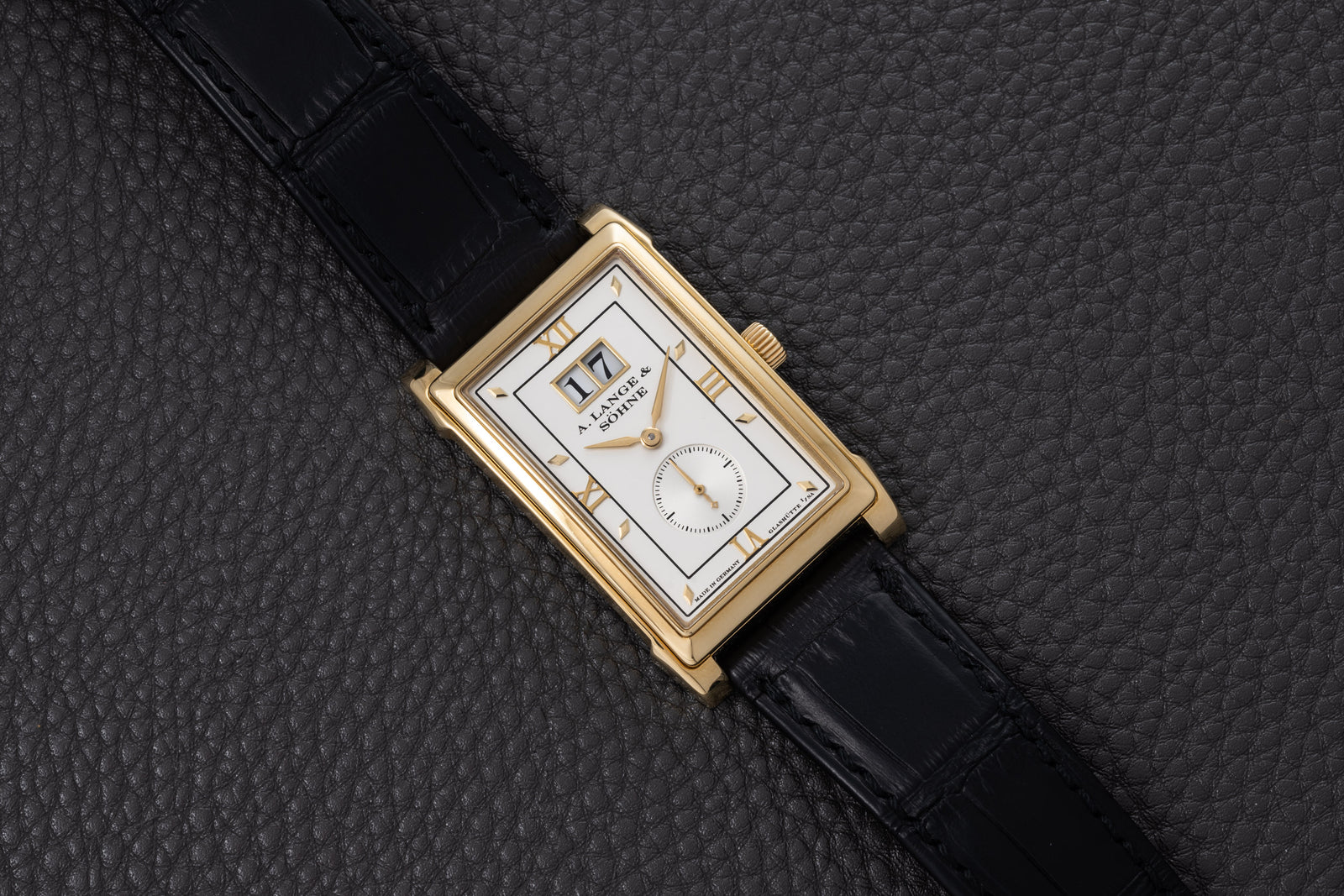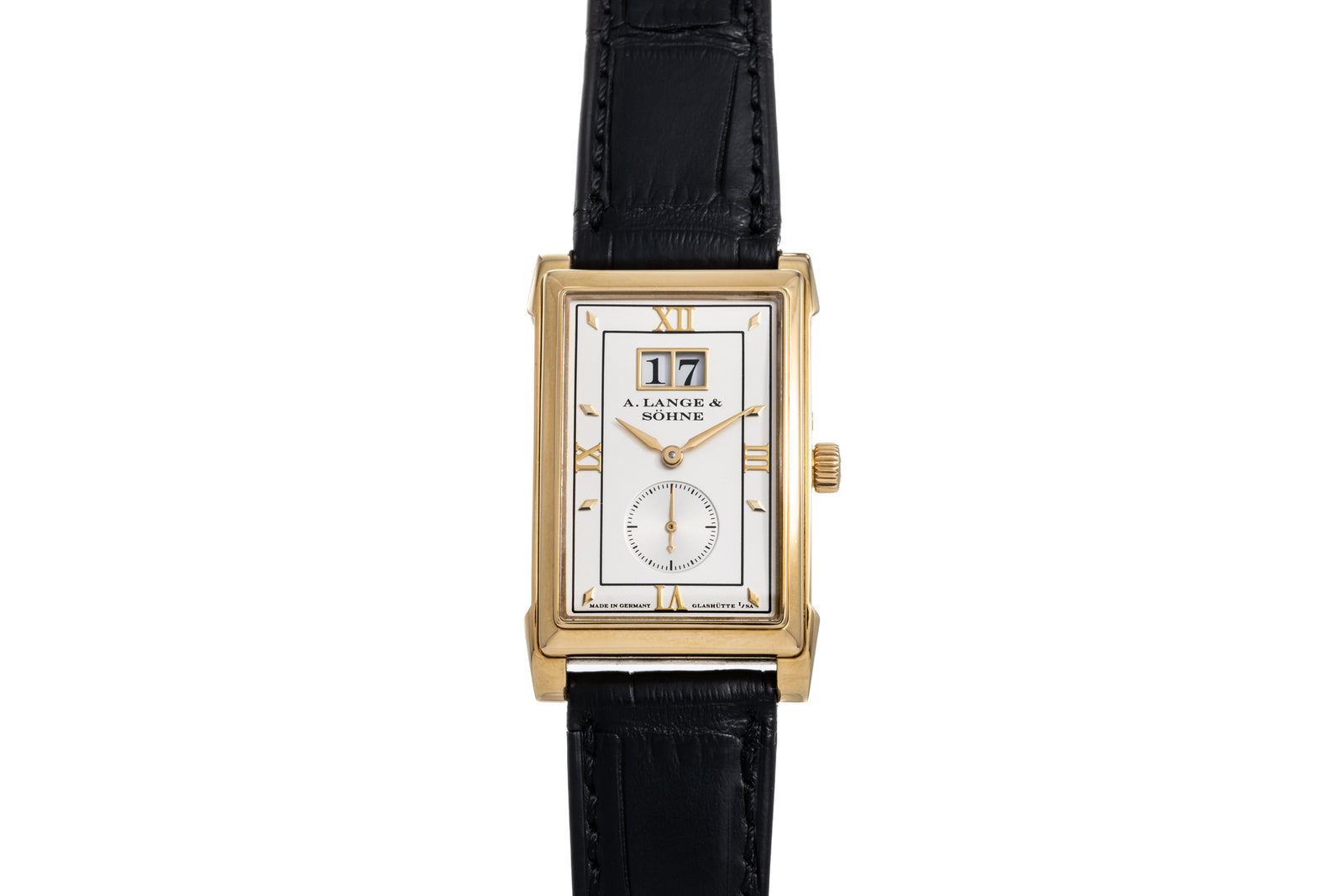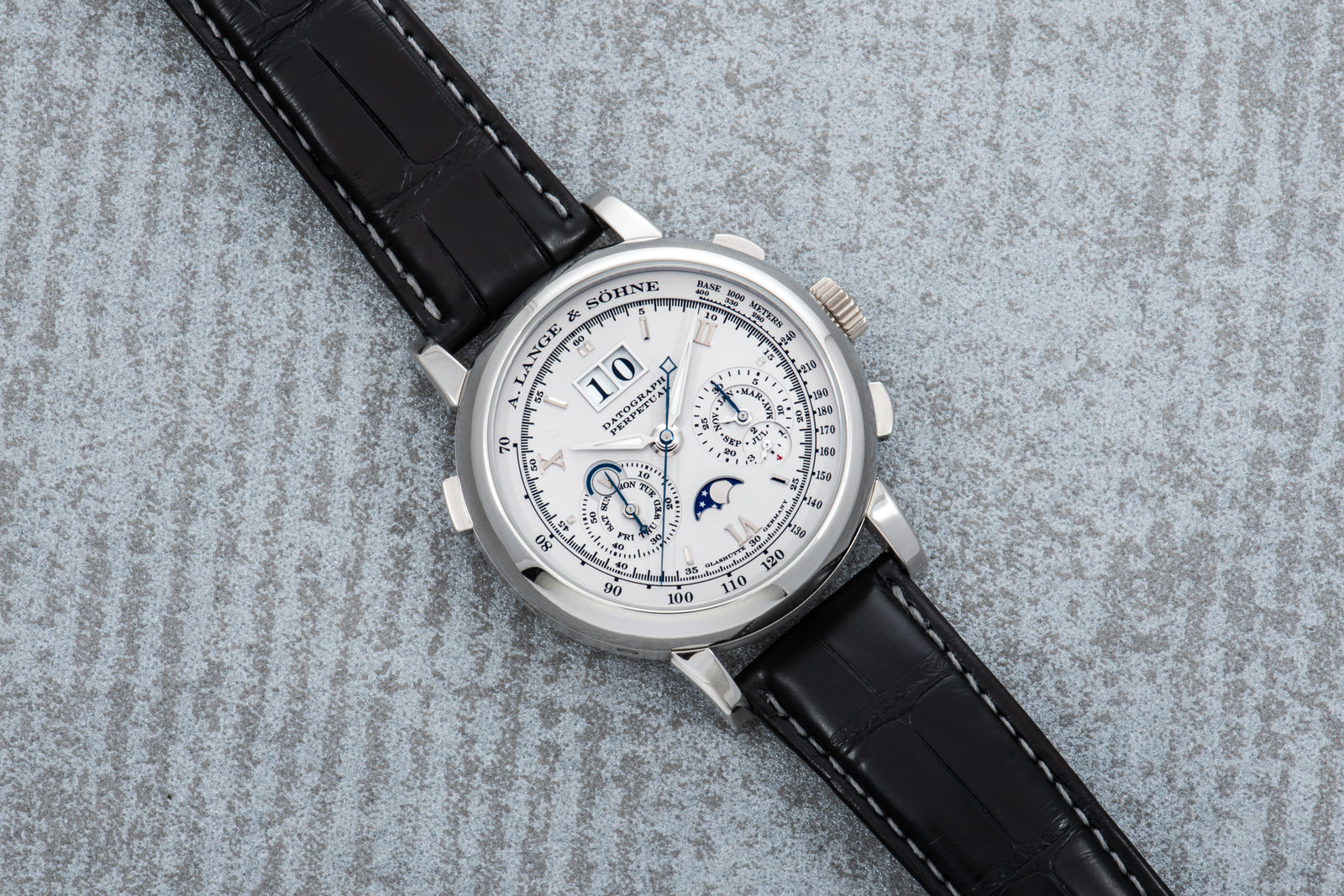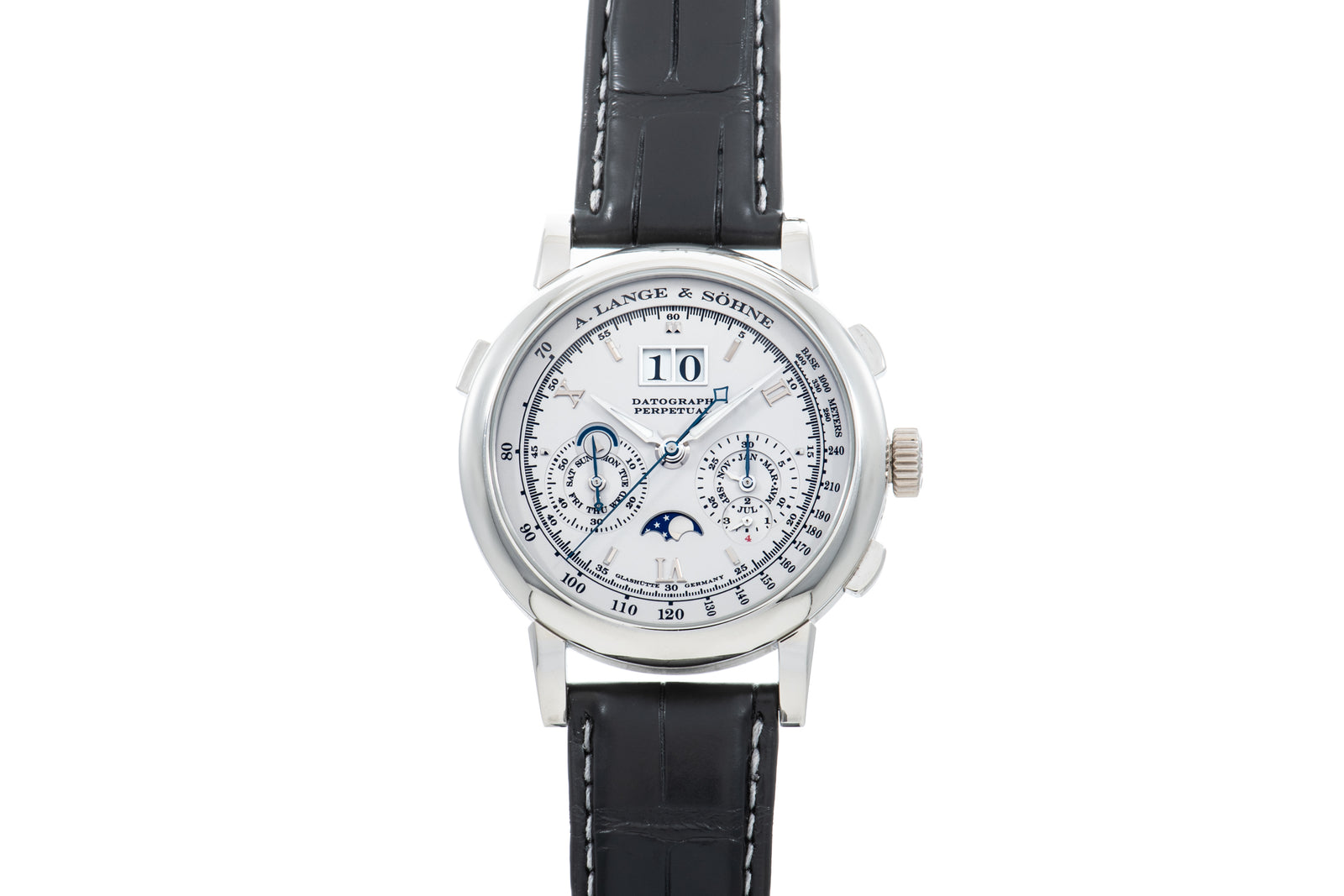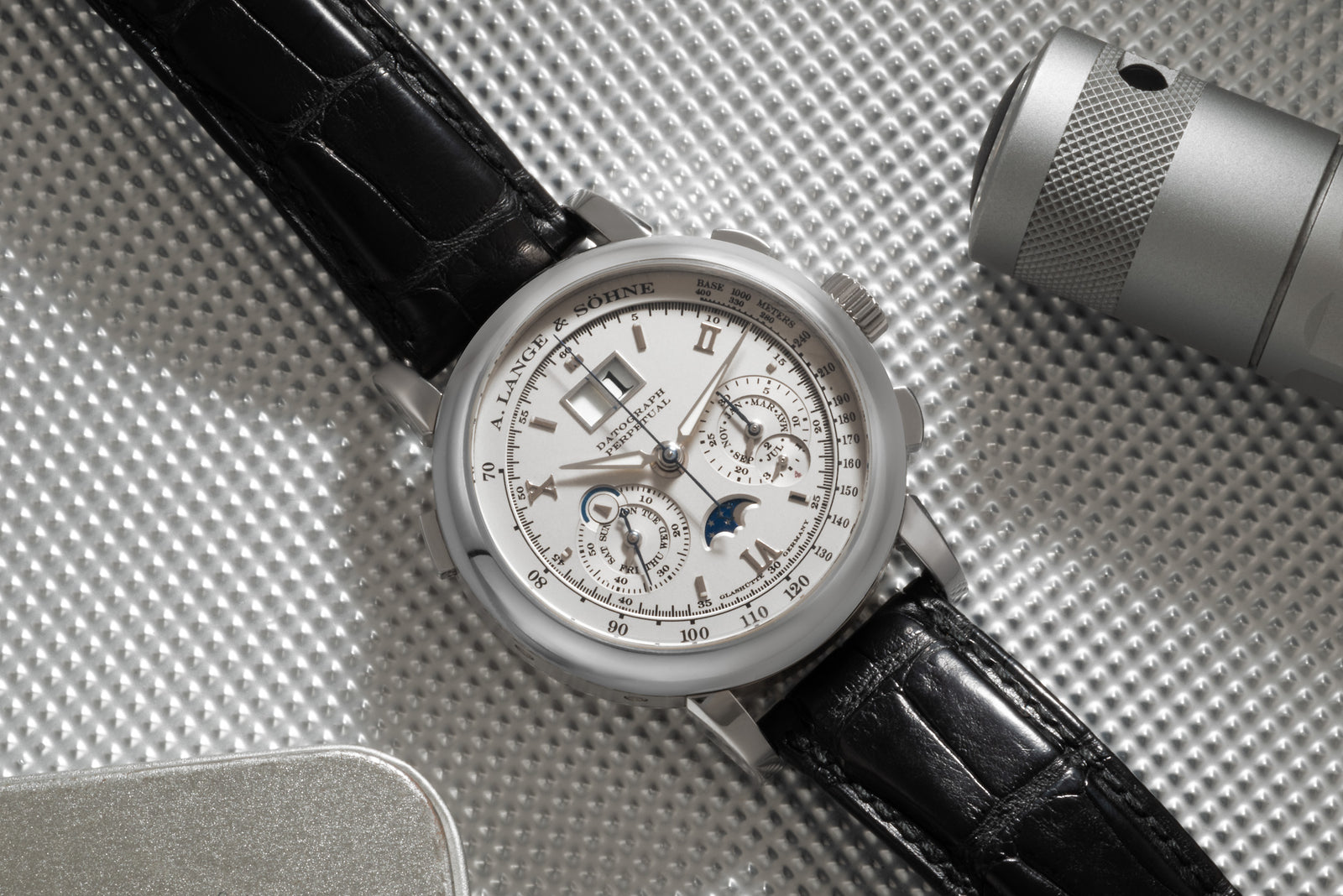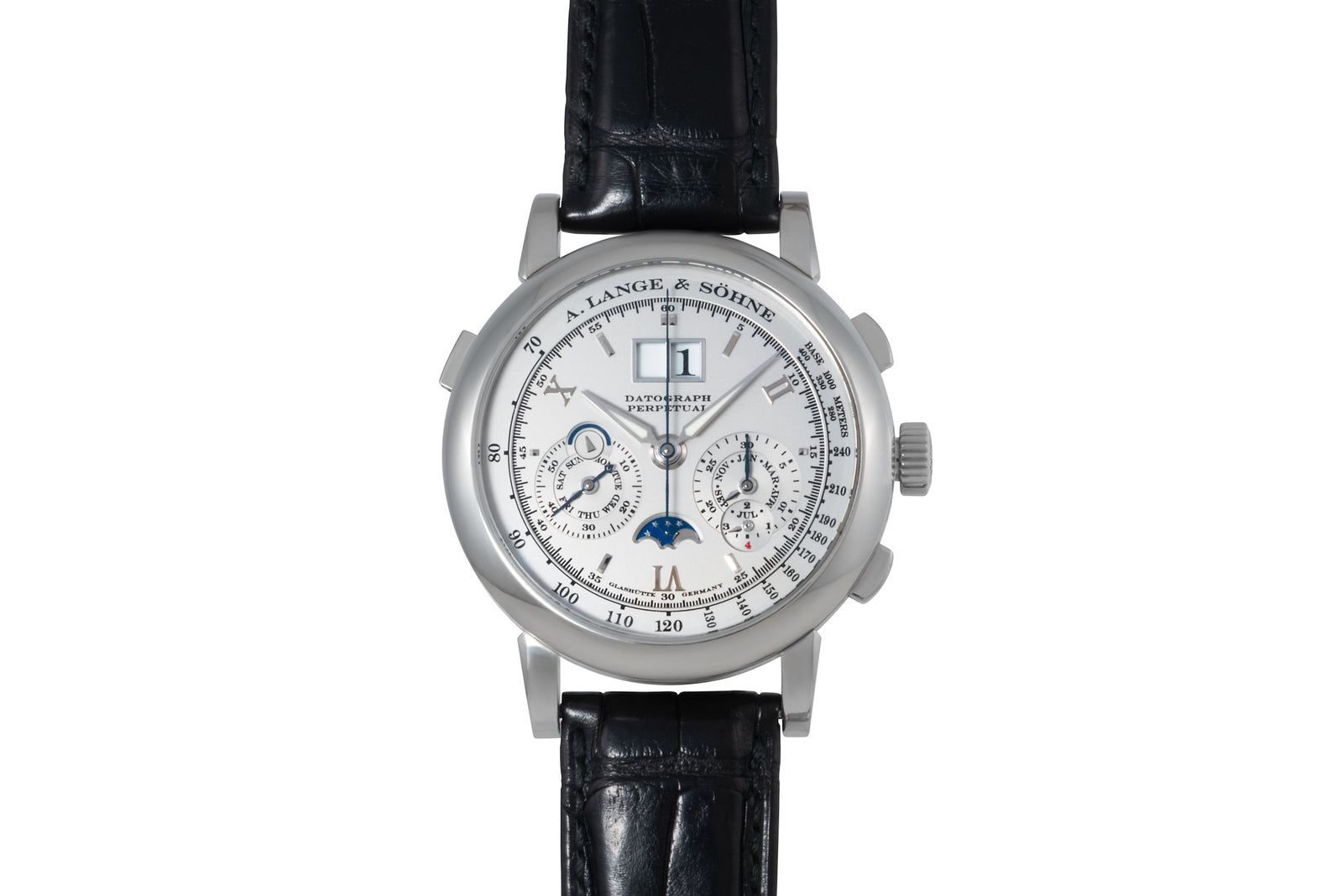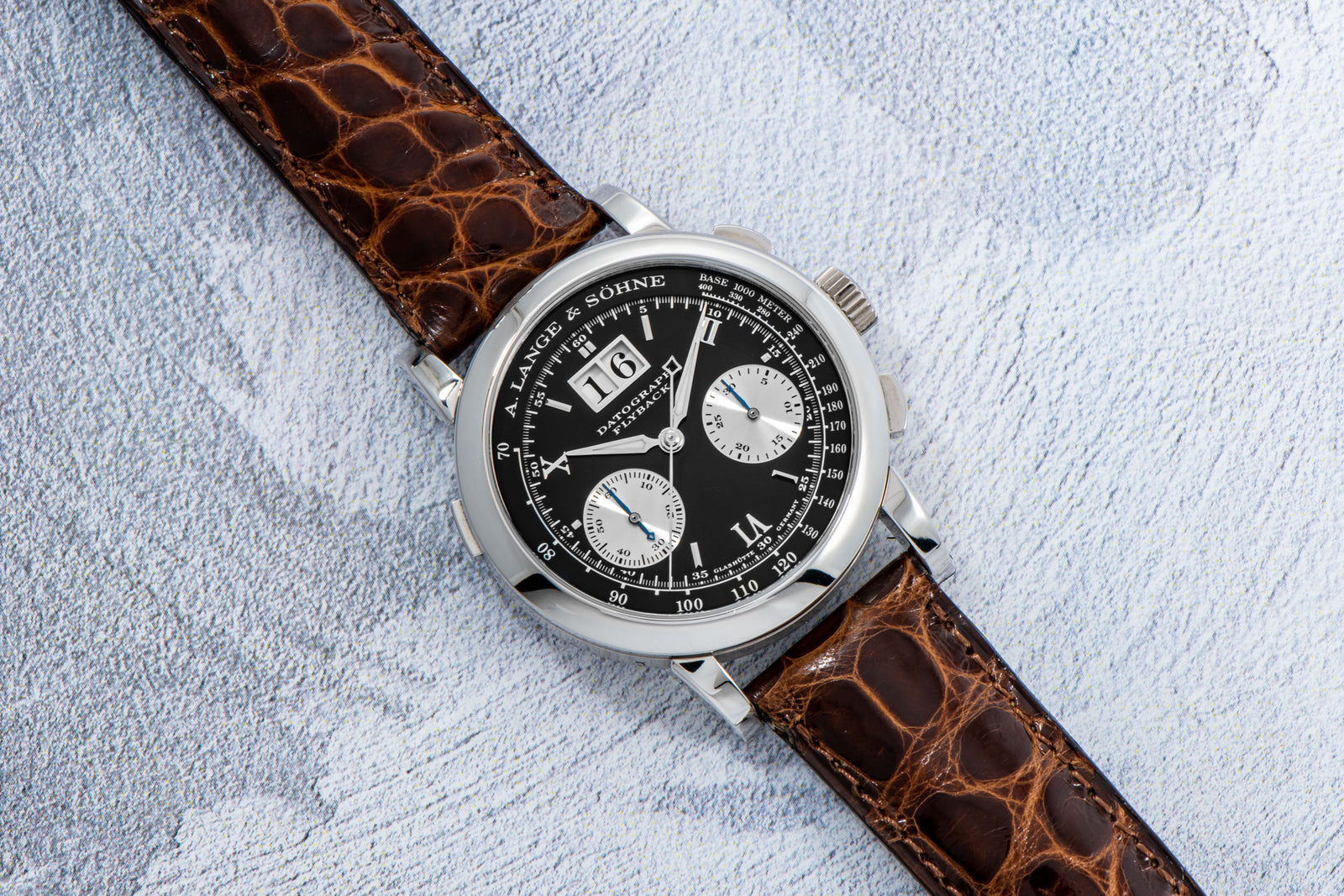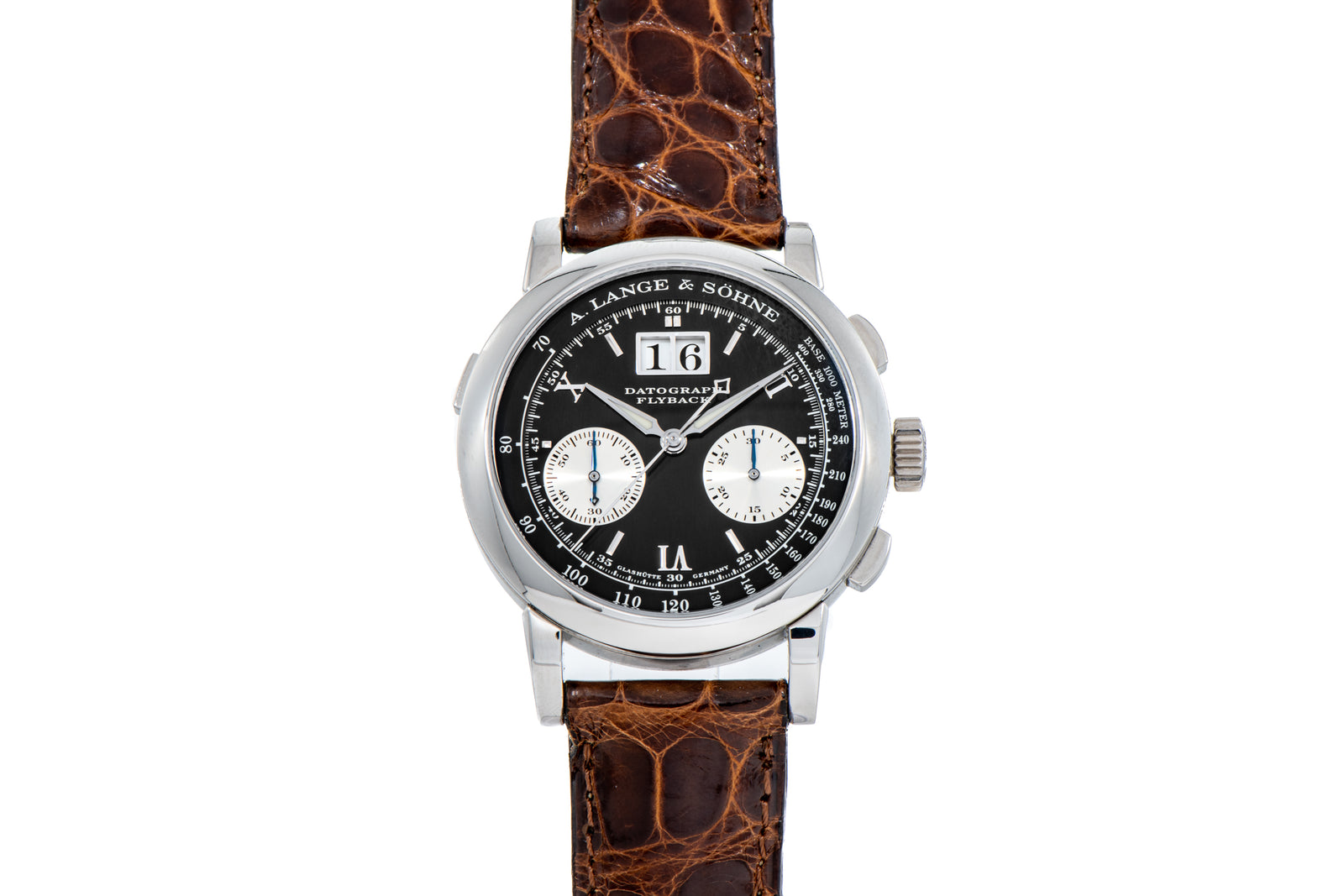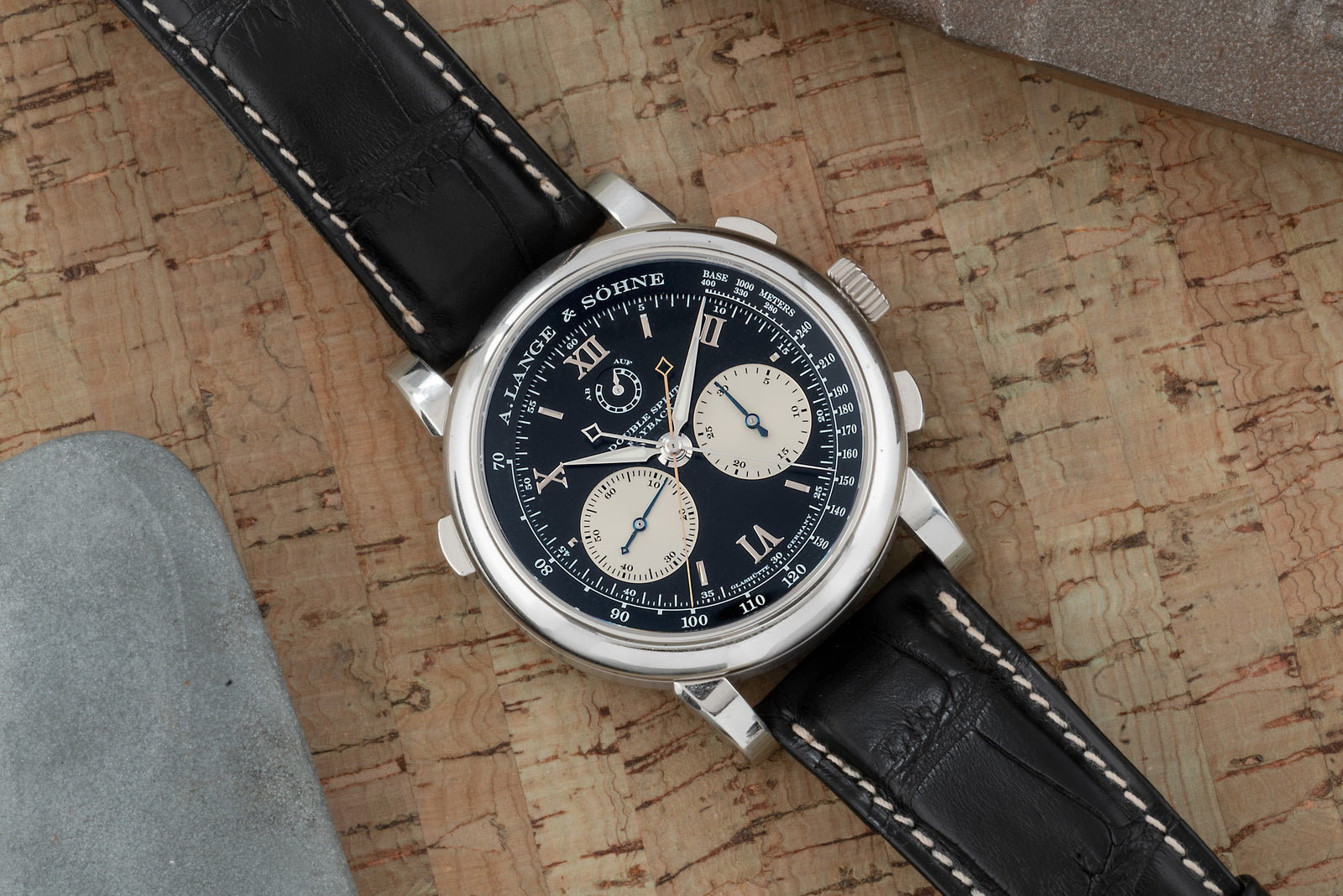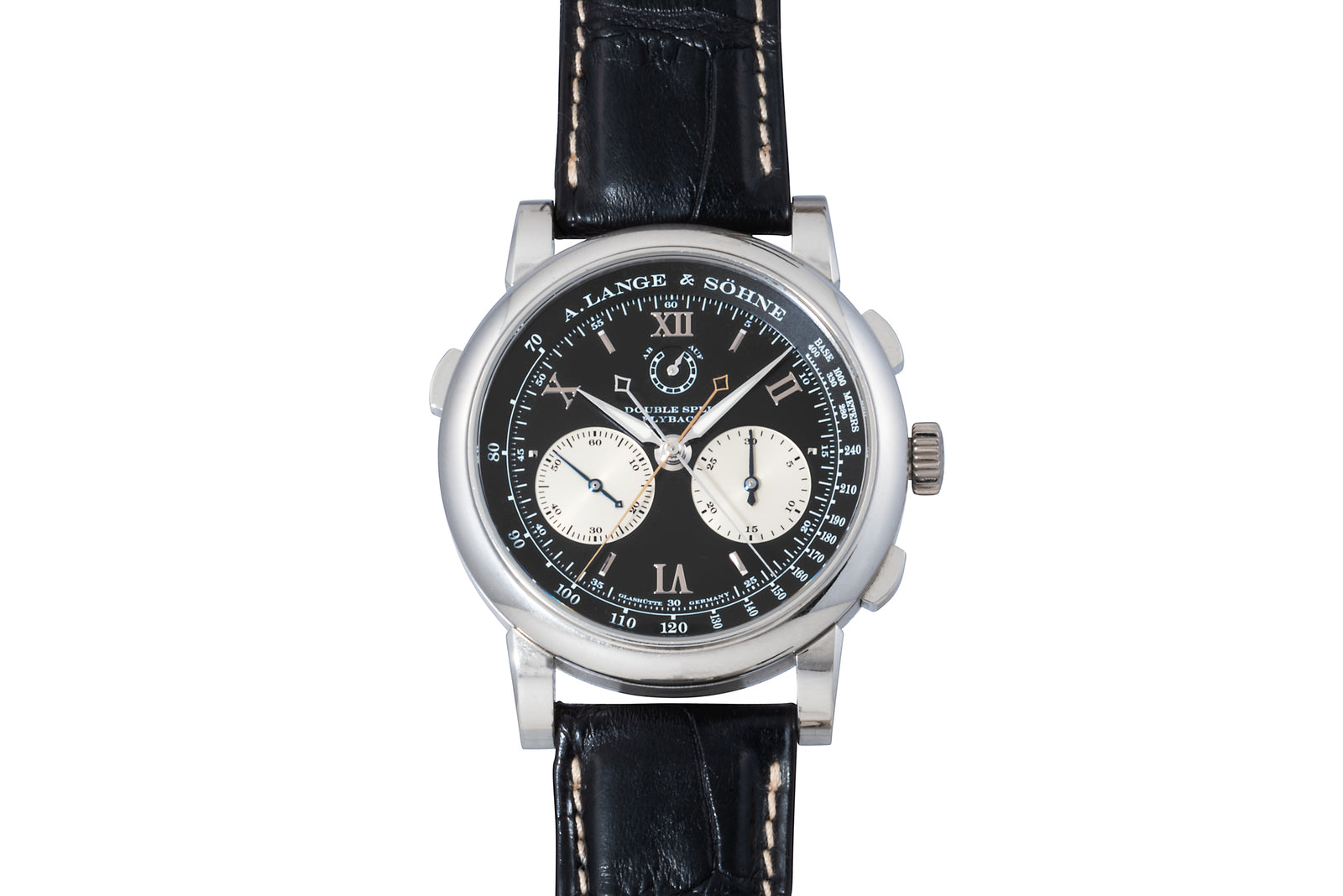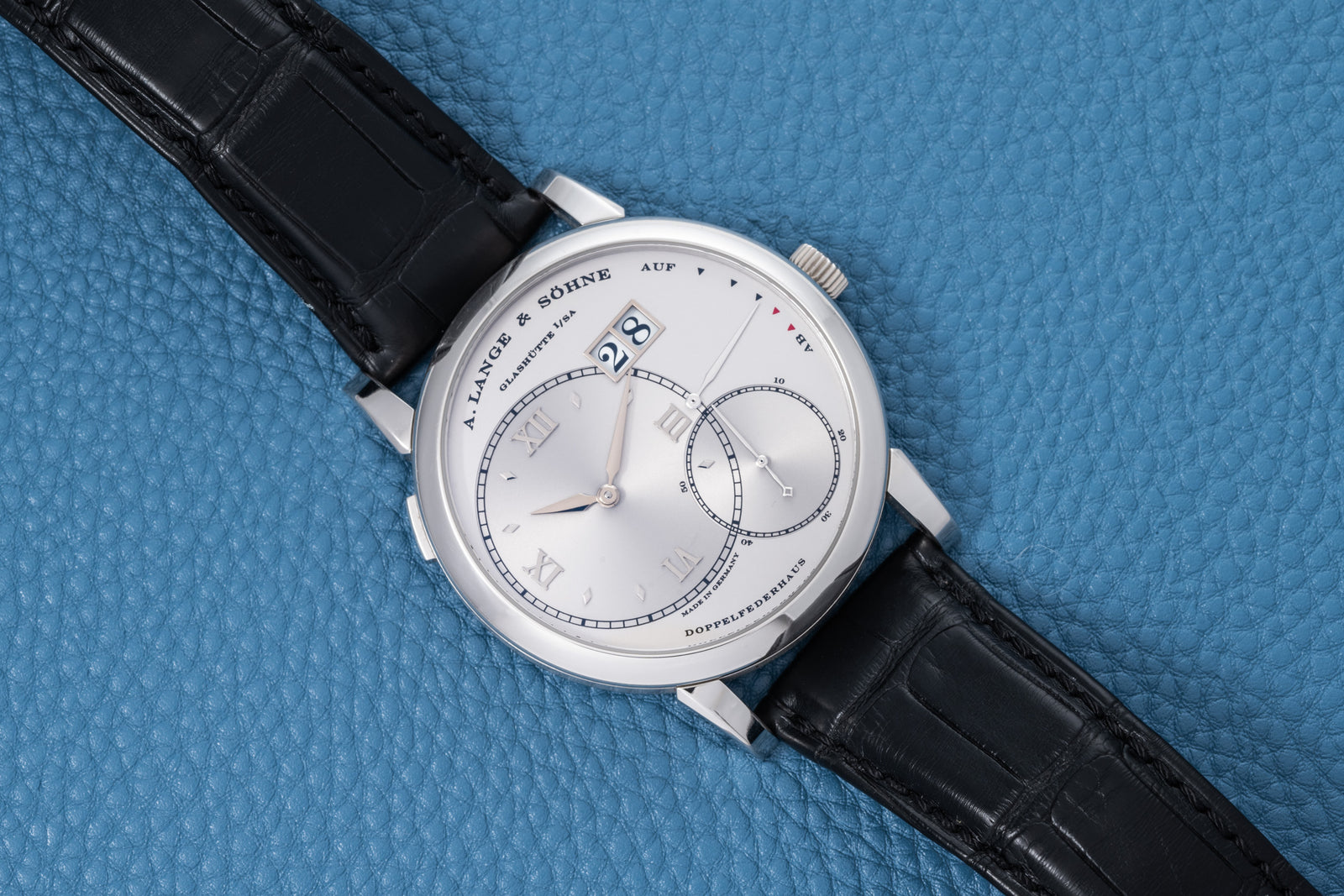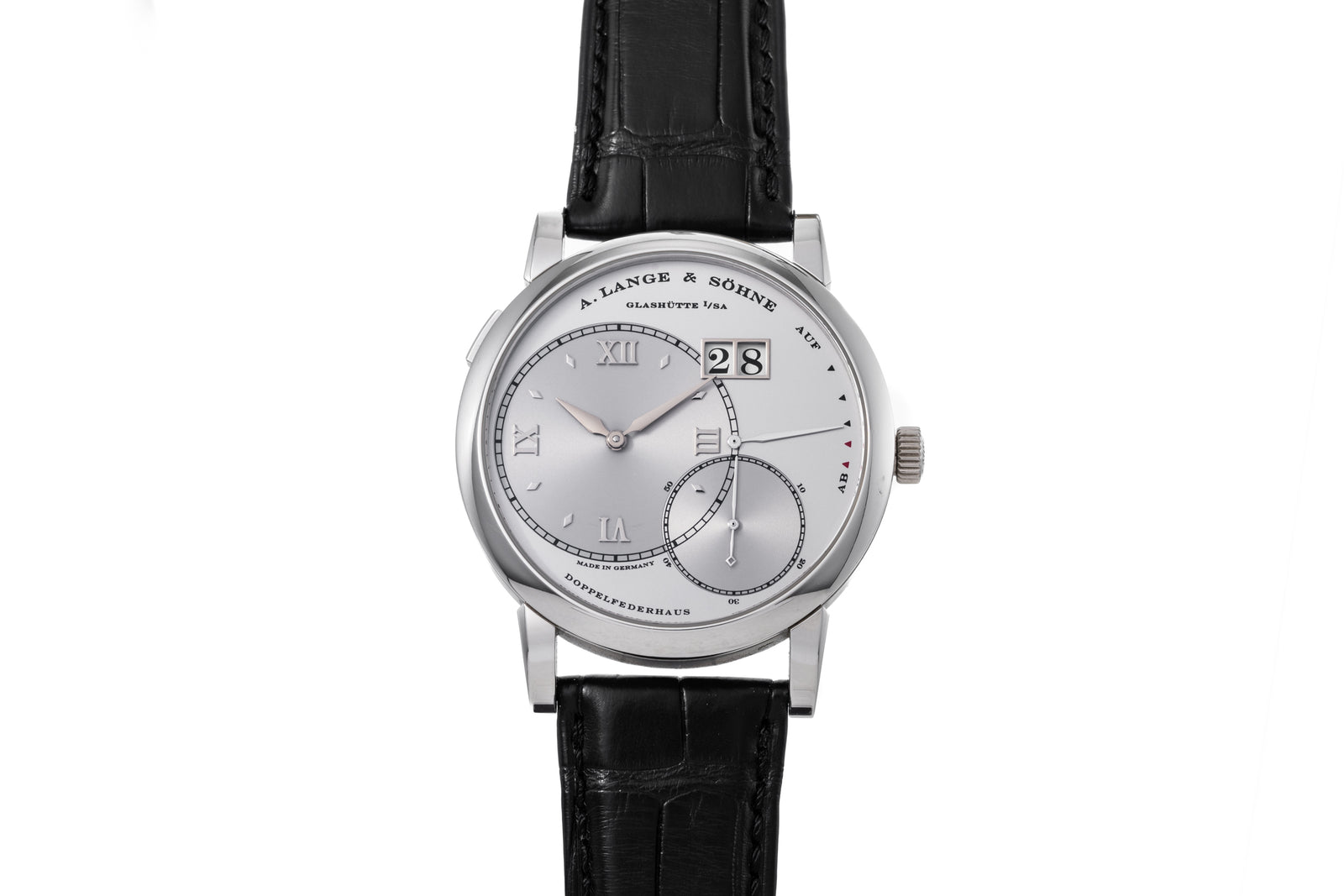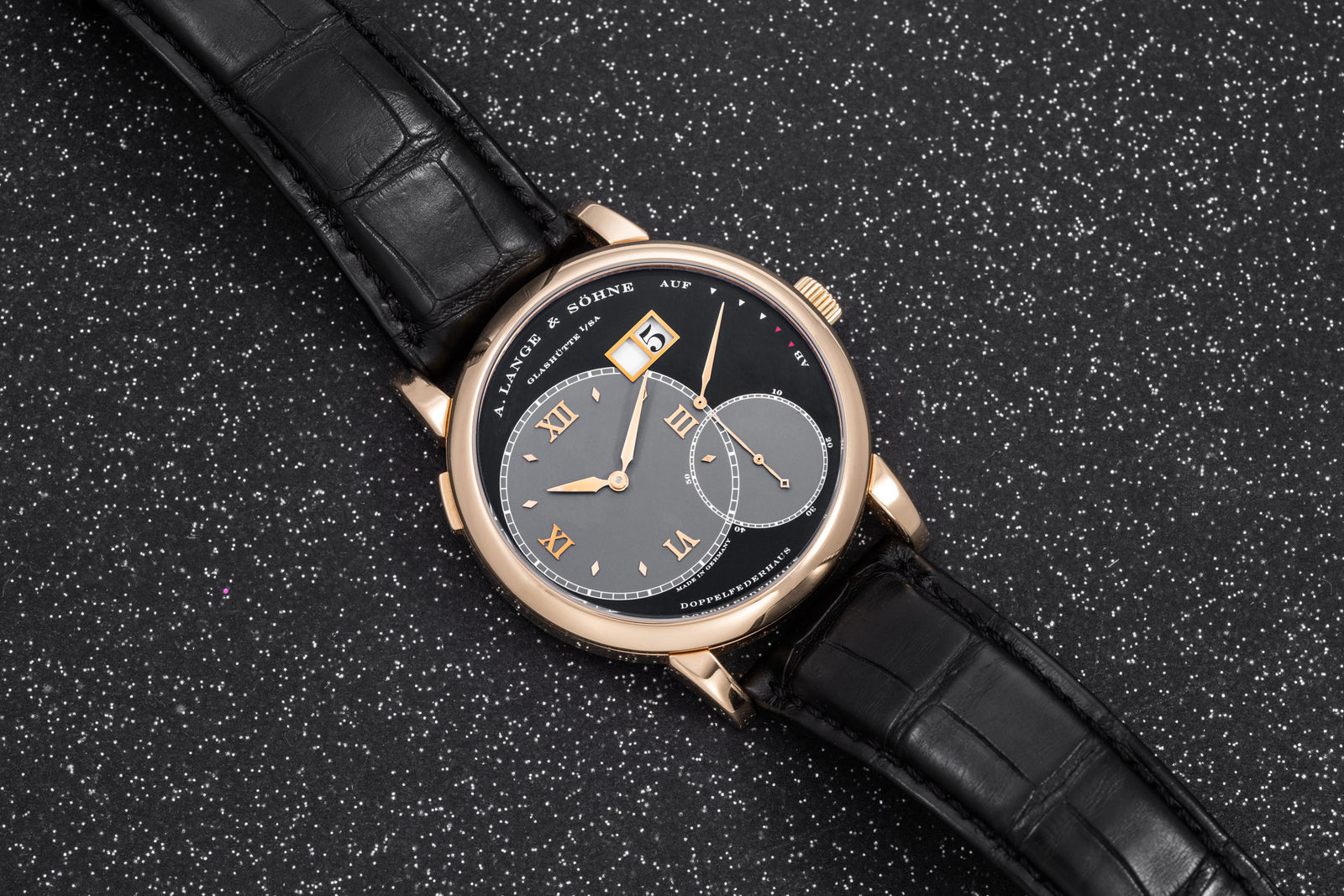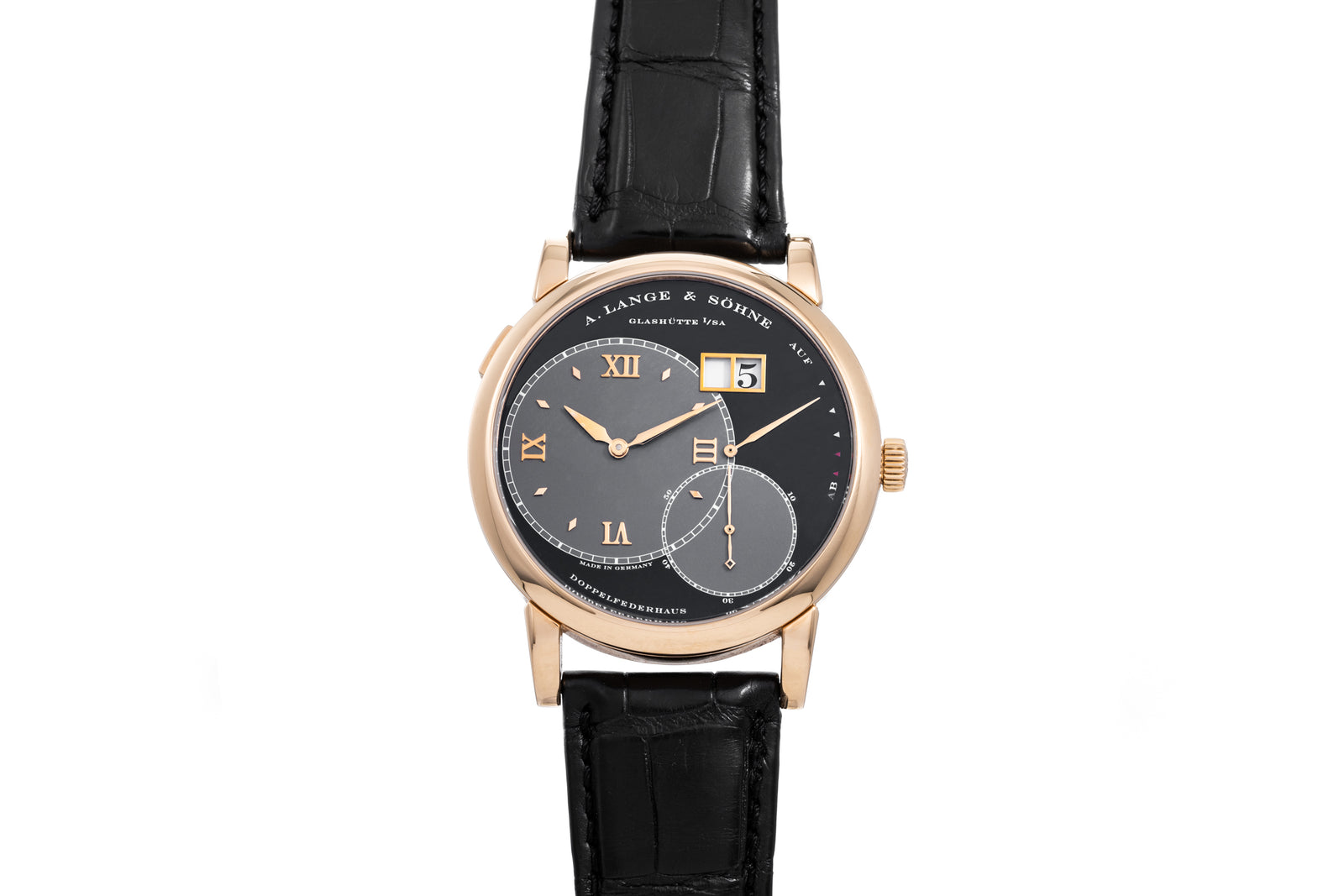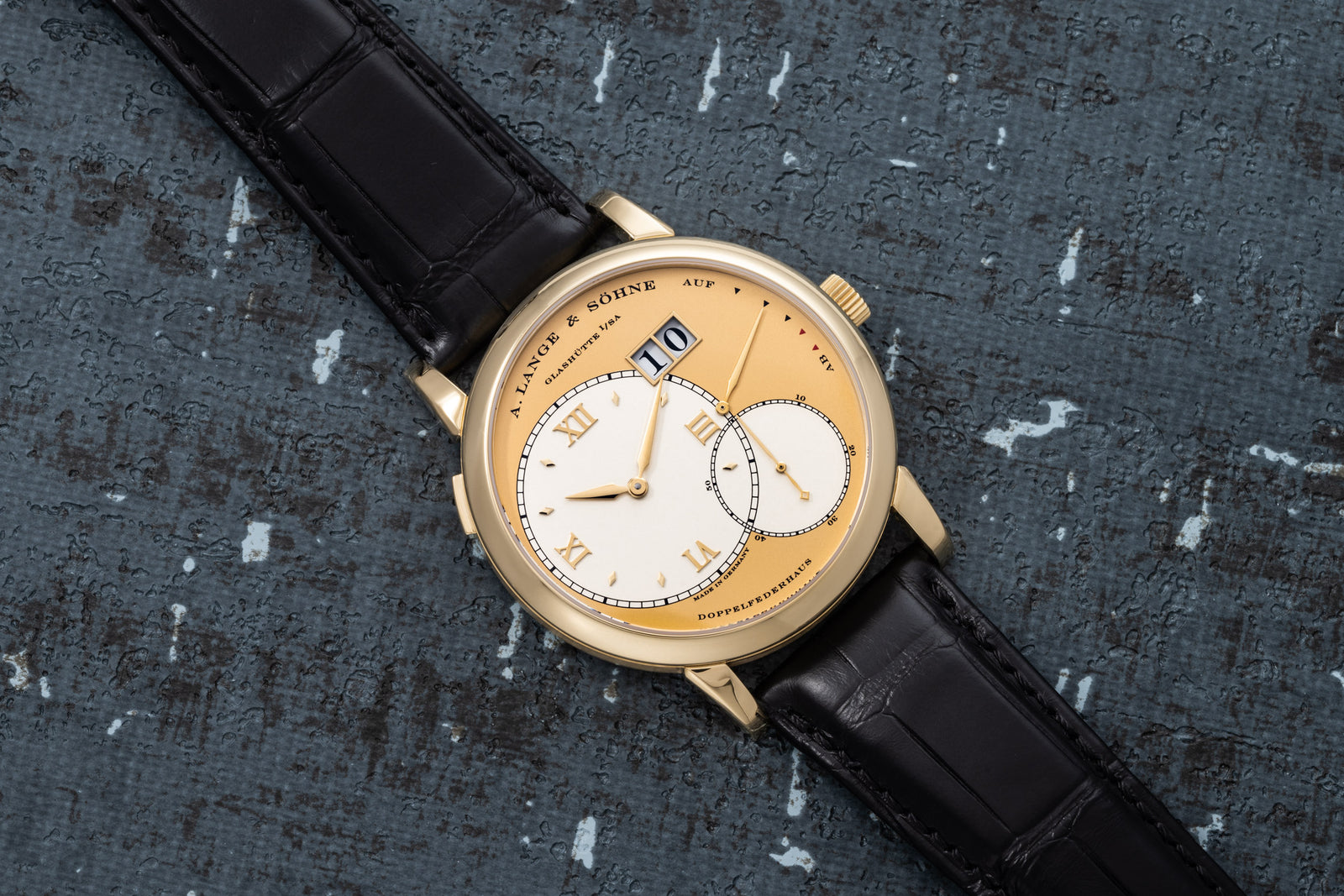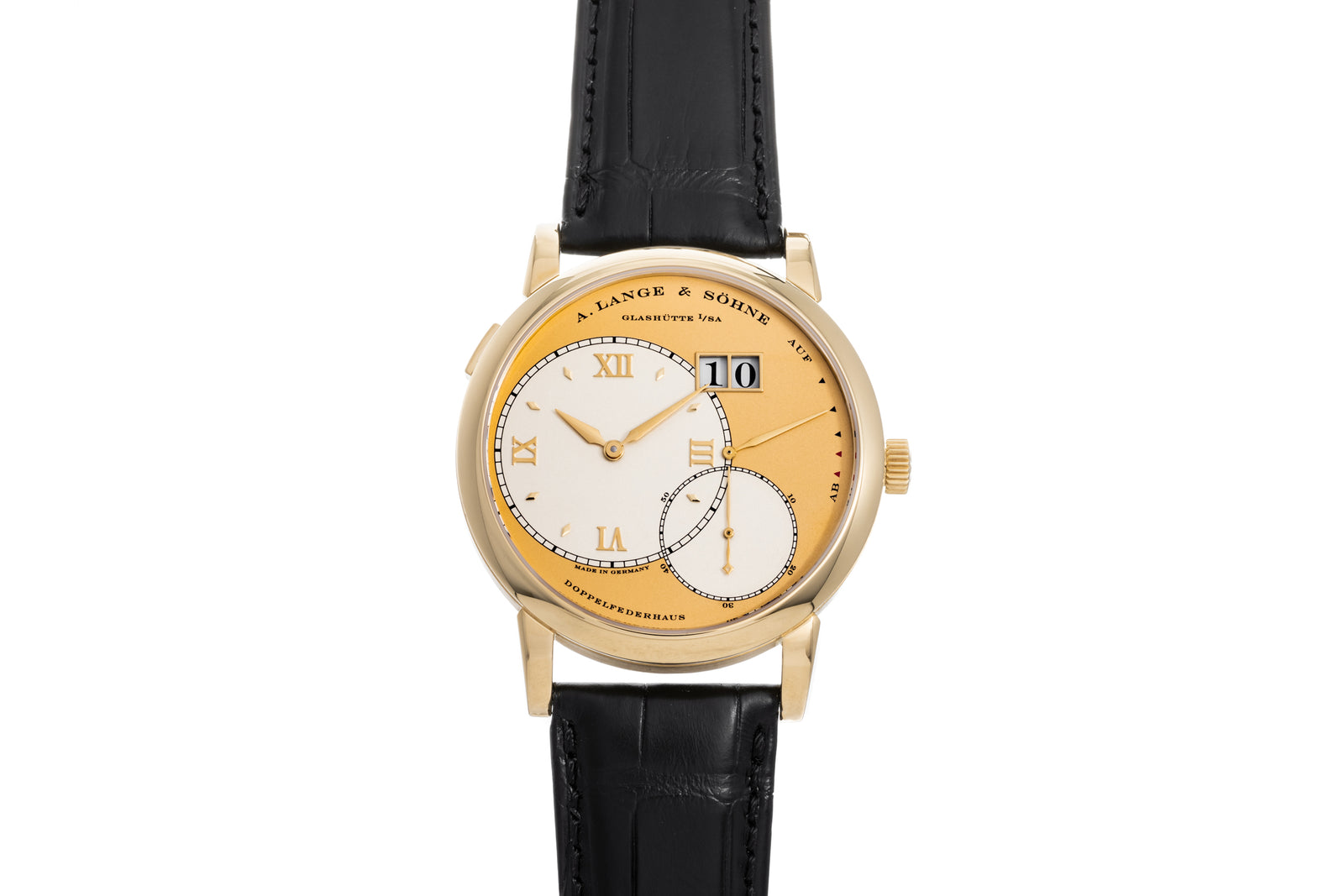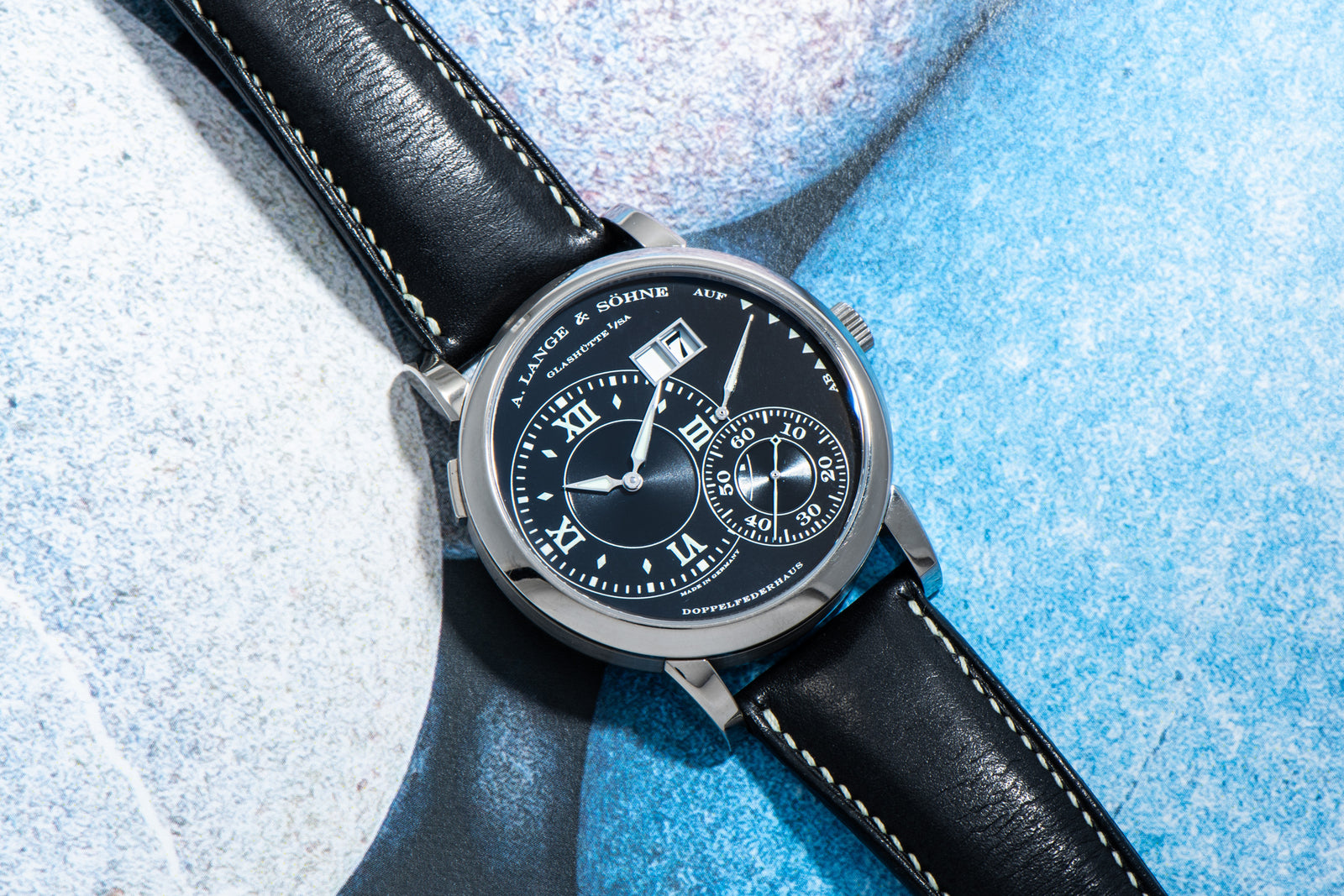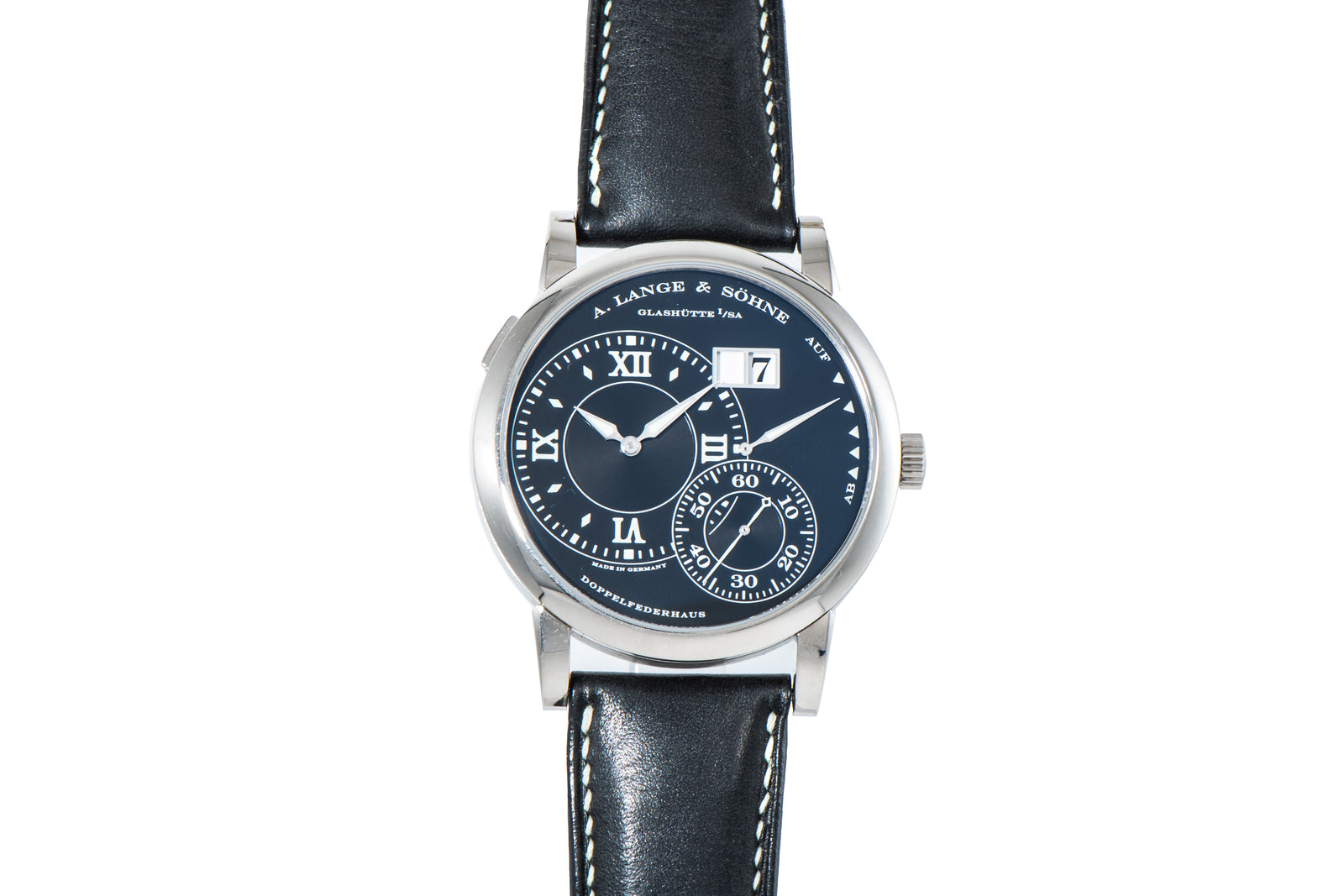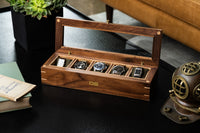Heuer Carrera
- Soldspan>
- Sold
Why We Love it
–
Why We Love it
–From its genesis as a hobby for men of means to the multimillion dollar industry that it is today, sports car racing illustrates the relationship between man and machine. But more than any other, it’s the races that comprise the World Sportscar Championship that test this relationship to its fullest extent. And the events that happened during the 1950s, 1960s, and 1970s are now deemed by many enthusiasts to be the Golden Age of the sport.
Established in 1953, the World Sportscar Championship was comprised of six races: the Carrera Panamericana, Targa Florio, 24 Hours of Le Mans, 12 Hours of Sebring, the Tourist Trophy, the Nurburgring 1000km, and Mille Miglia. Though manufacturers like Ferrari and Porsche sponsored some drivers, in the early days the majority of entrants were privateers. Always fraught with danger, the 1950s perhaps proved to be the most costly decade in terms of loss of life, particularly after the Le Mans race of June 11, 1955—when eighty-three spectators and one driver were killed.
Throughout the 1960s, the focus was shifted back to encompass the Gran Turismo cars that had dominated the sport. In the Championship (whose name was changed to the International Championship for GT Manufacturers), cars were grouped into three categories, each with its own specific engine size: over two liters, less than two liters, and less than one liter. Furthermore, the season was beefed up to 15 races, with the addition of hillclimbs and sprint races.
Though the 24 Hours of Le Mans is judged by many to be the crown jewel of the series, the 12 Hours of Sebring proved that the Americans were no slouches when it came to the sport.
Situated on the site of the former Hendricks Army Airfield (which was the training school for B-17 and B-24 Liberator pilots), the 12 Hours of Sebring was held for the first time on New Years Eve 1950. Inspired by European Grand Prix racing, the 12 Hours of Sebring was famous for starting in the daytime and finishing at night for a race that lasted “once around the clock”. And until the 1966 race, which claimed the lives of five people, it was known for its treacherous course, which combined airport runways with narrow service roads.
The first ten years of the race were dominated by manufacturers such as Scuderia Ferrari, Maserati, SpA Ferrari SEFAC, and private owners like the legendary Briggs Cunningham.
1962 saw the triumph of Scuderia SSS Republica di Venezia’s drivers Lucien Bianchi and Joacim Bonnier.
And standing in the Ferrari pit that year was Jack Heuer. While talking with the parents of the legendary Rodriguez brothers (both drivers), Mrs. and Mrs. Rodriguez had expressed their thankfulness that their boys had been to young to drive in the Carrera Panamericana, a treacherous five-day race along the Mexican stretch of the Pan-American Highway. The name, and the story of the dozens of lives that had been claimed in the race, haunted him, and he registered it the following year for use in his family's line of sporting wristwatches.
Though early Carreras were produced in a variety of styles with a range of dials, black-on-black continues to be the most desirable. This particular Carrera, a Reference 3647N, is powered by the robust manually-wound Valjoux 92 chronograph movement, with double subsidiary register layout. With a supremely clean look and feel—clean case with sharp bevels on the lugs, and a dial that’s utter inky black perfection—this watch is a testament to Heuer’s love of racing as well as his genius for design.
A:S Guarantee
+
A:S Guarantee
+Our Pledge
Analog:Shift stands behind the authenticity of our products in perpetuity.
Condition
Since our pieces are vintage or pre-owned, please expect wear & patina from usage and age. Please read each item description and examine all product images.
Warranty
We back each Analog:Shift vintage timepiece with a one-year mechanical warranty from the date of purchase.
International Buyers
Please contact us prior to purchase for additional details on shipping and payment options.
Shipping & Returns
+
Shipping & Returns
+All of our watches include complementary insured shipping within the 50 states.
Most of our products are on hand and will ship directly from our headquarters in New York City. In some cases, watches will be shipped directly from one of our authorized partners.
We generally ship our products via FedEx, fully insured, within 5 business days of purchase. An adult signature is required for receipt of all packages for insurance purposes. Expedited shipping is available at an additional cost. We are also happy to hand deliver your purchase in Manhattan or you may pick it up at our showroom.
Returns must be sent overnight or by priority international delivery, fully insured and paid for by the customer. A restocking fee may apply. Watches must be returned in the same condition as initially shipped.
We welcome international buyers, please contact us prior to purchase for additional details on shipping and payment options.
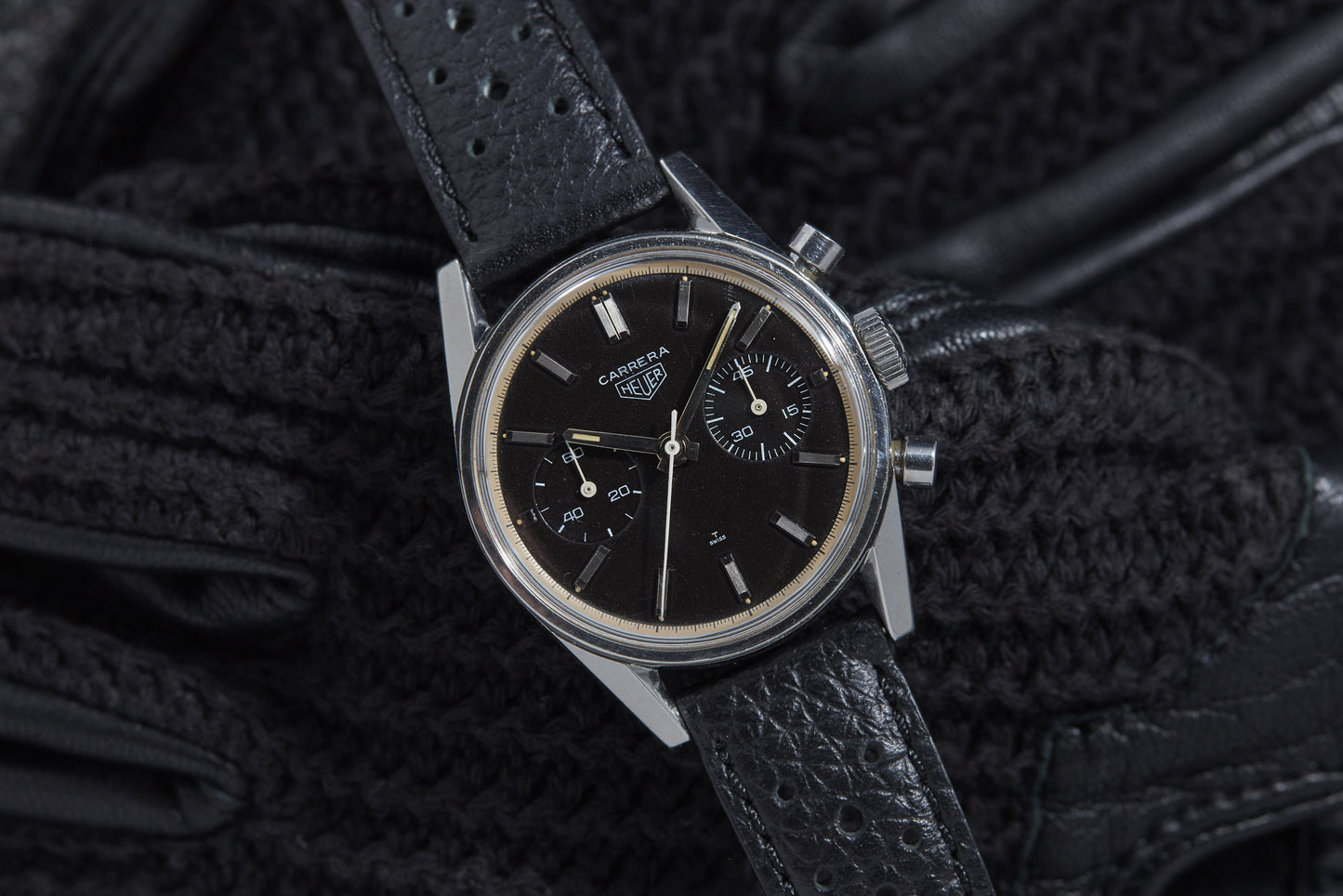
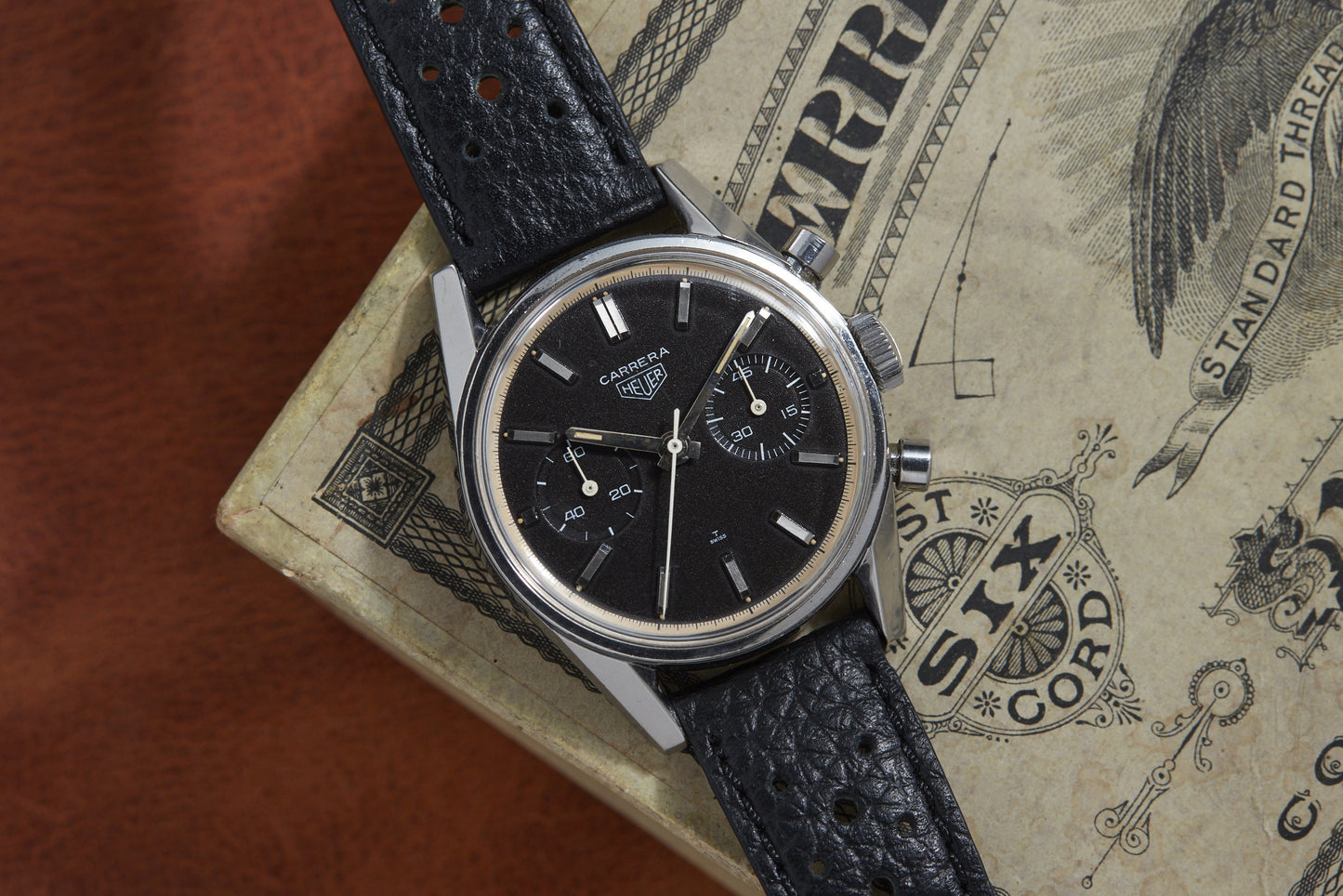
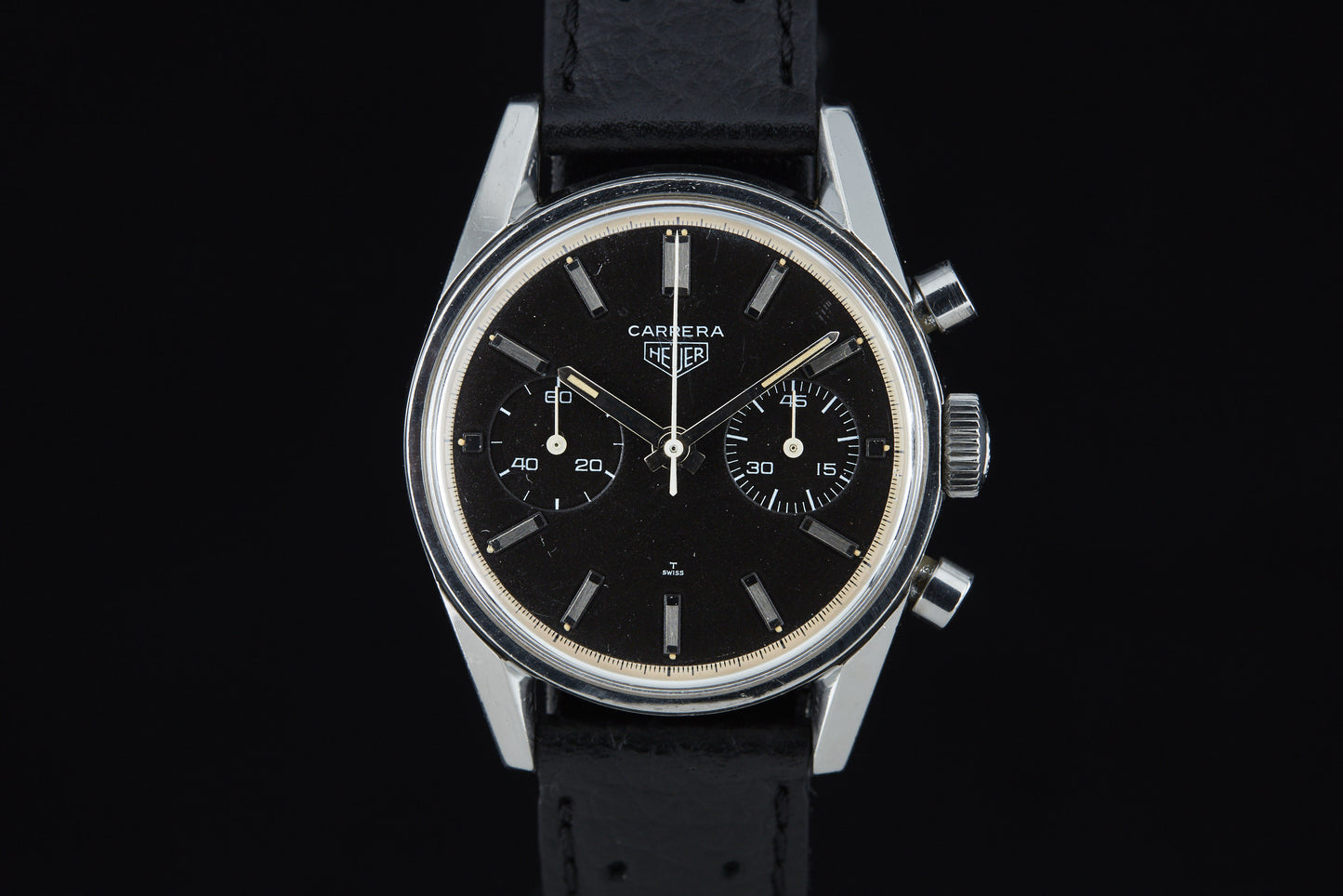
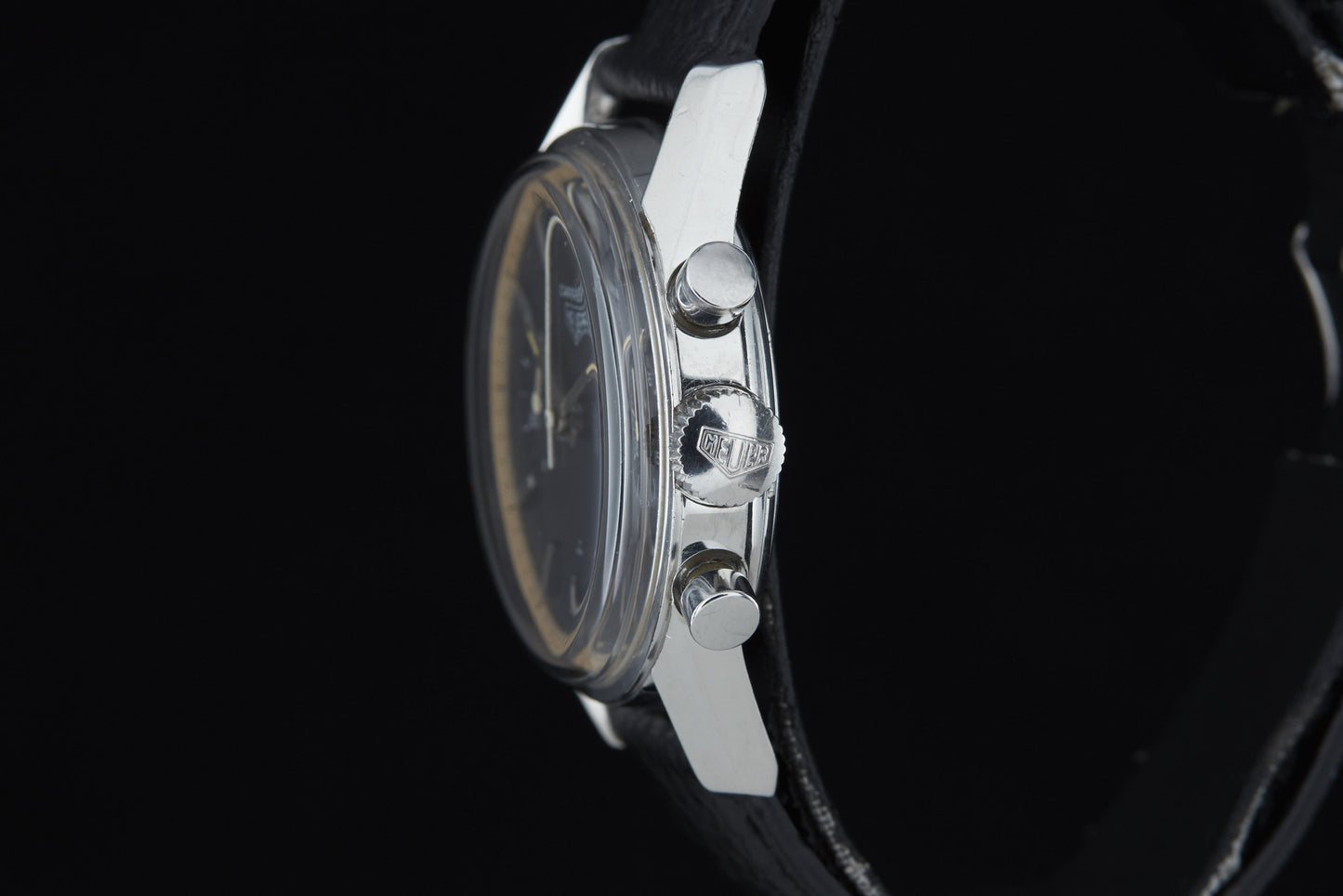
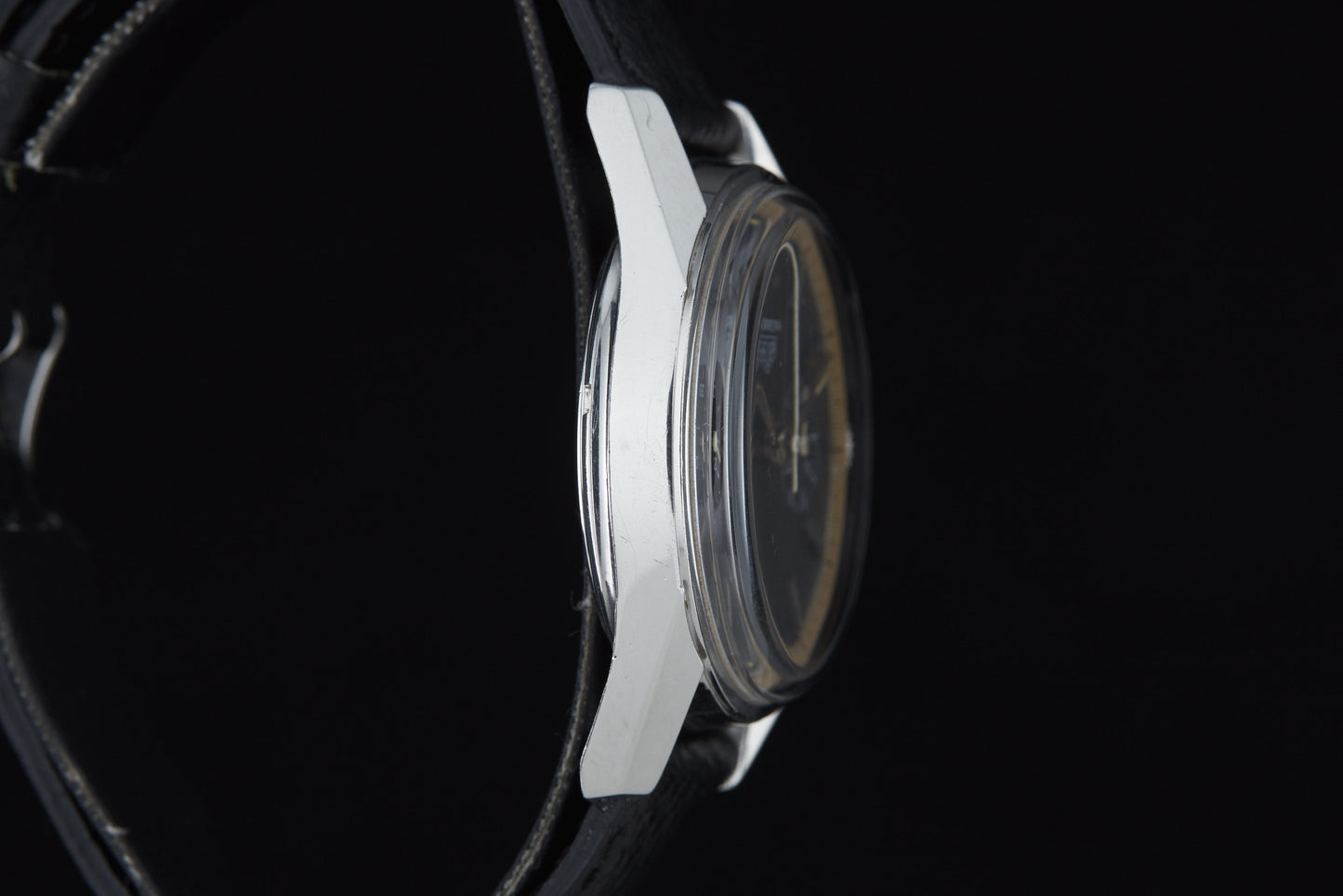
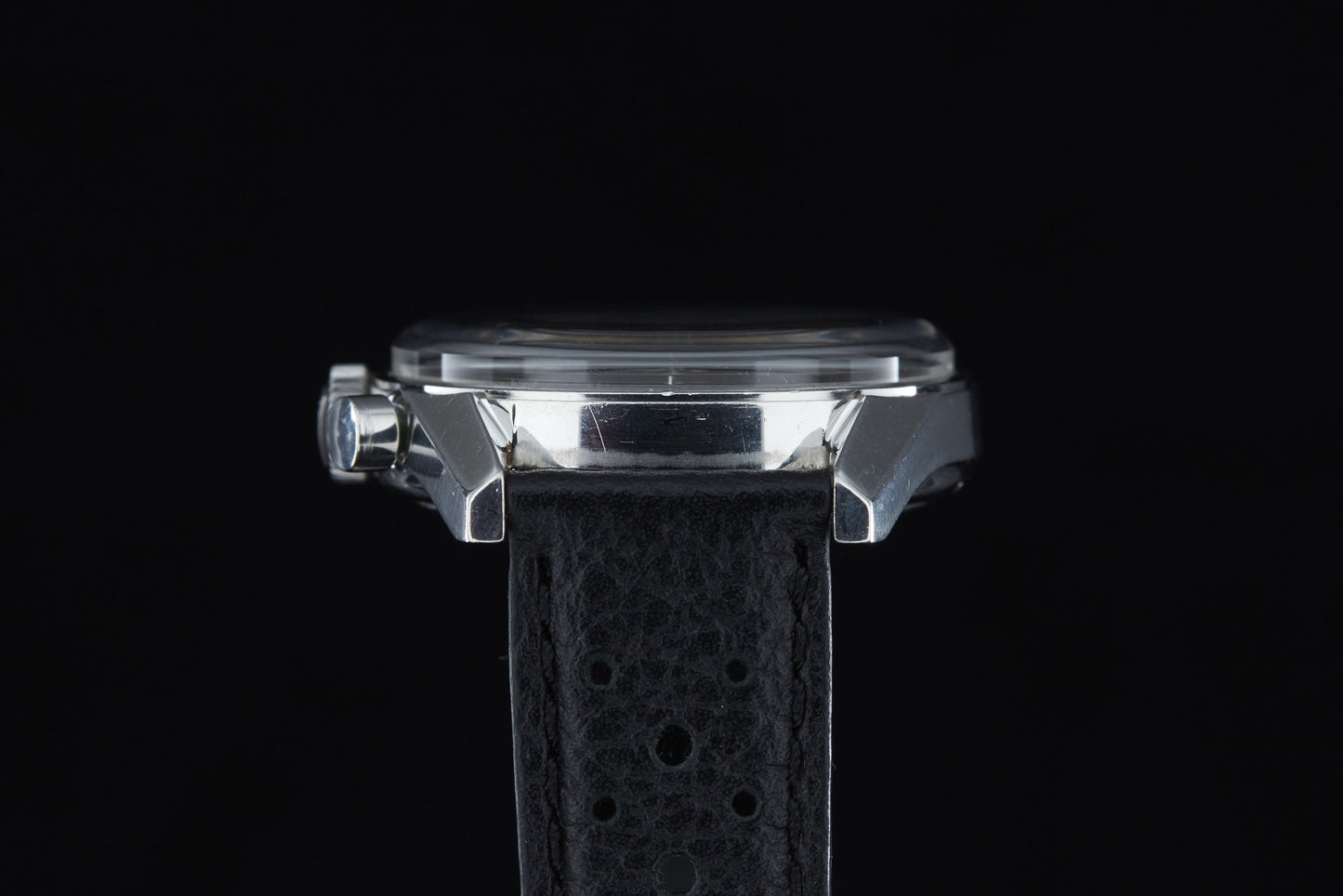
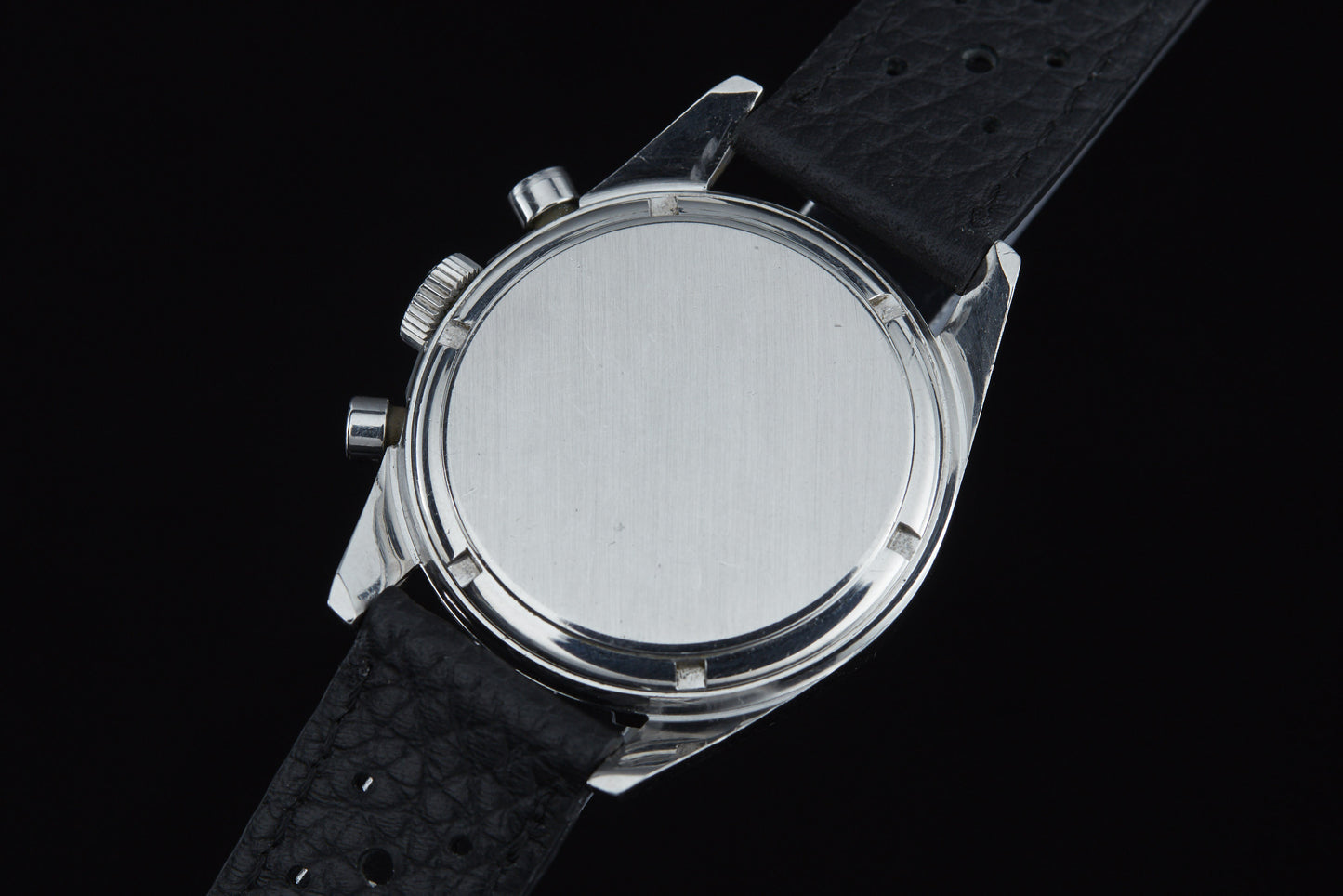
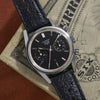
Heuer Carrera
- Soldspan>
- Sold
